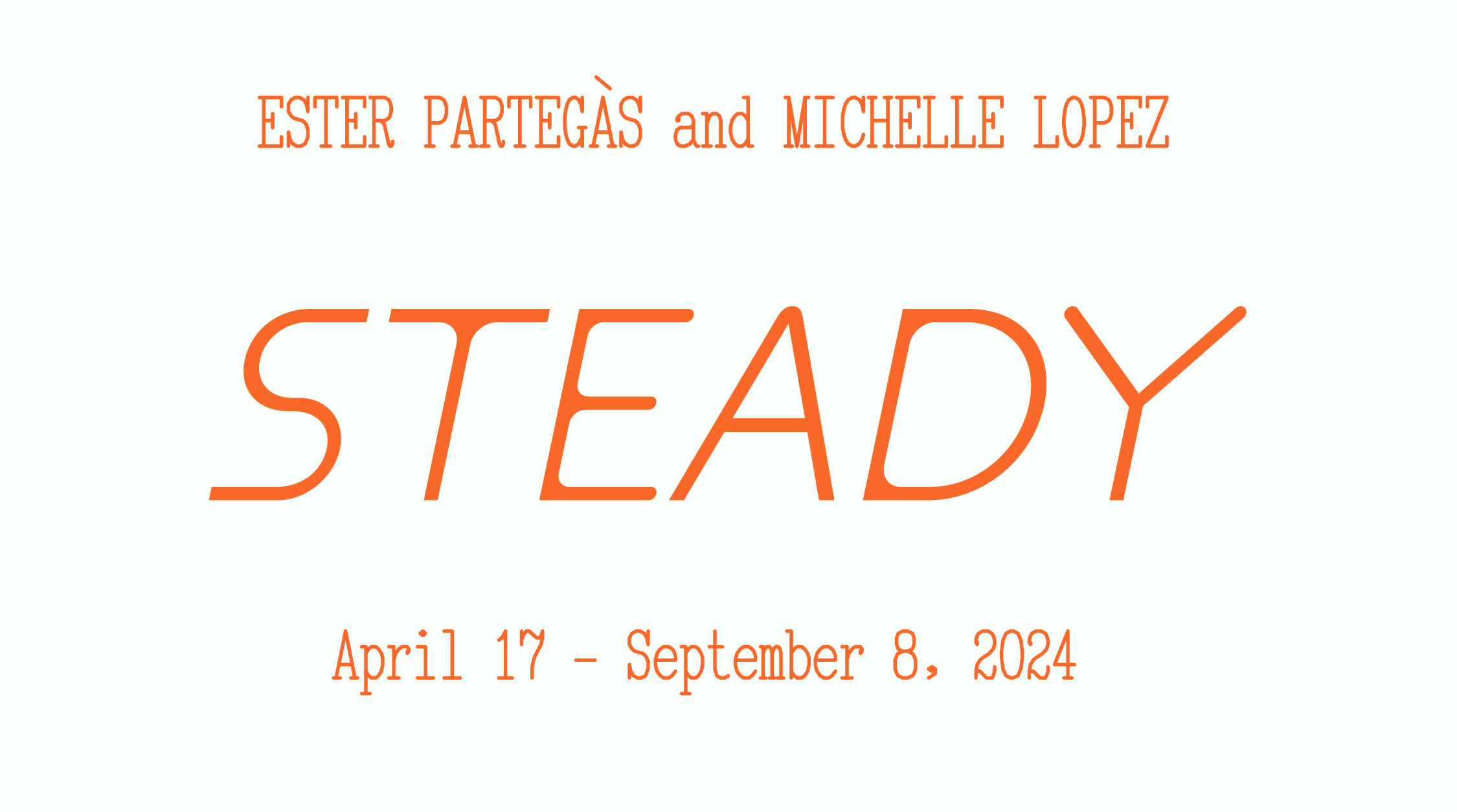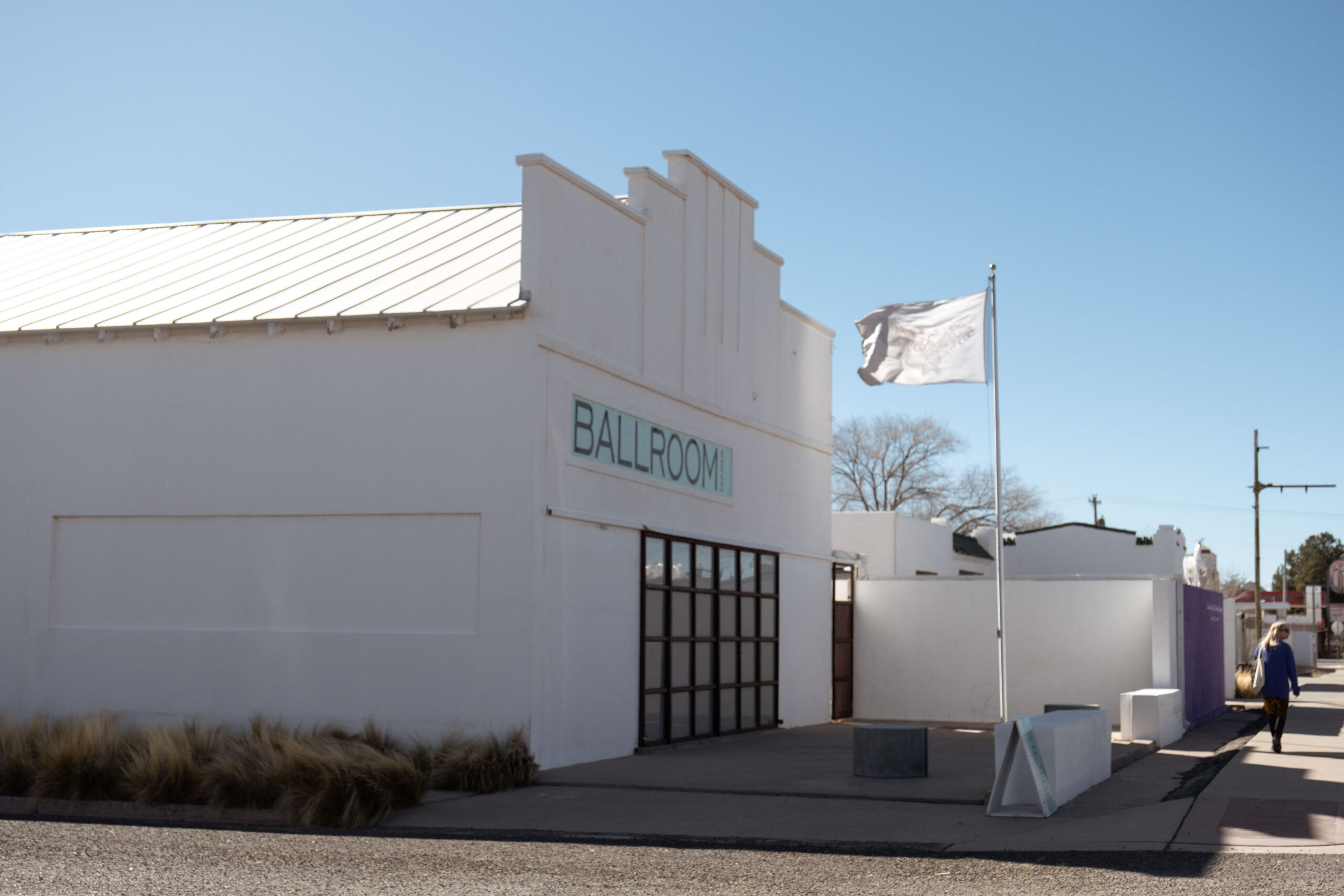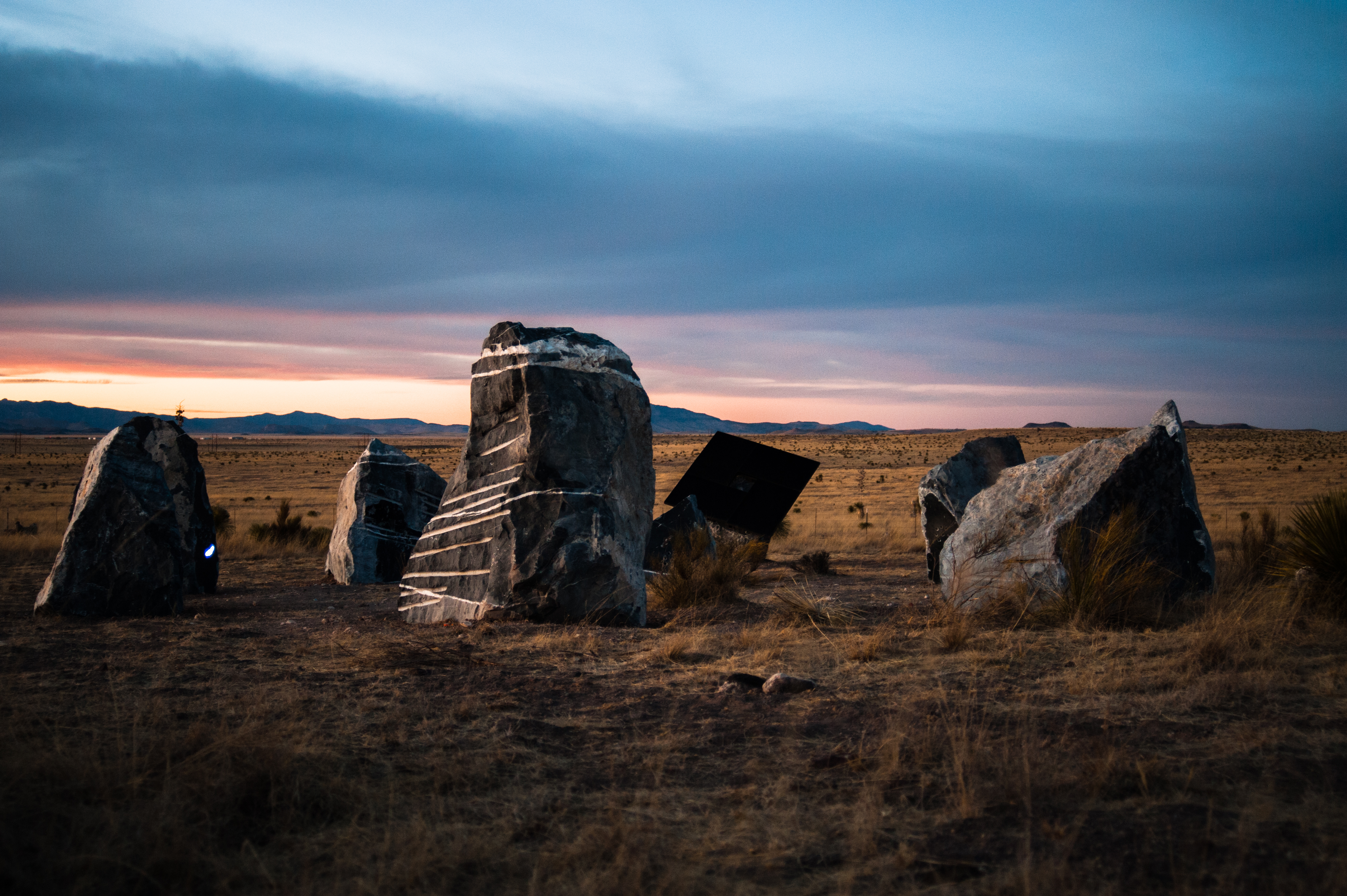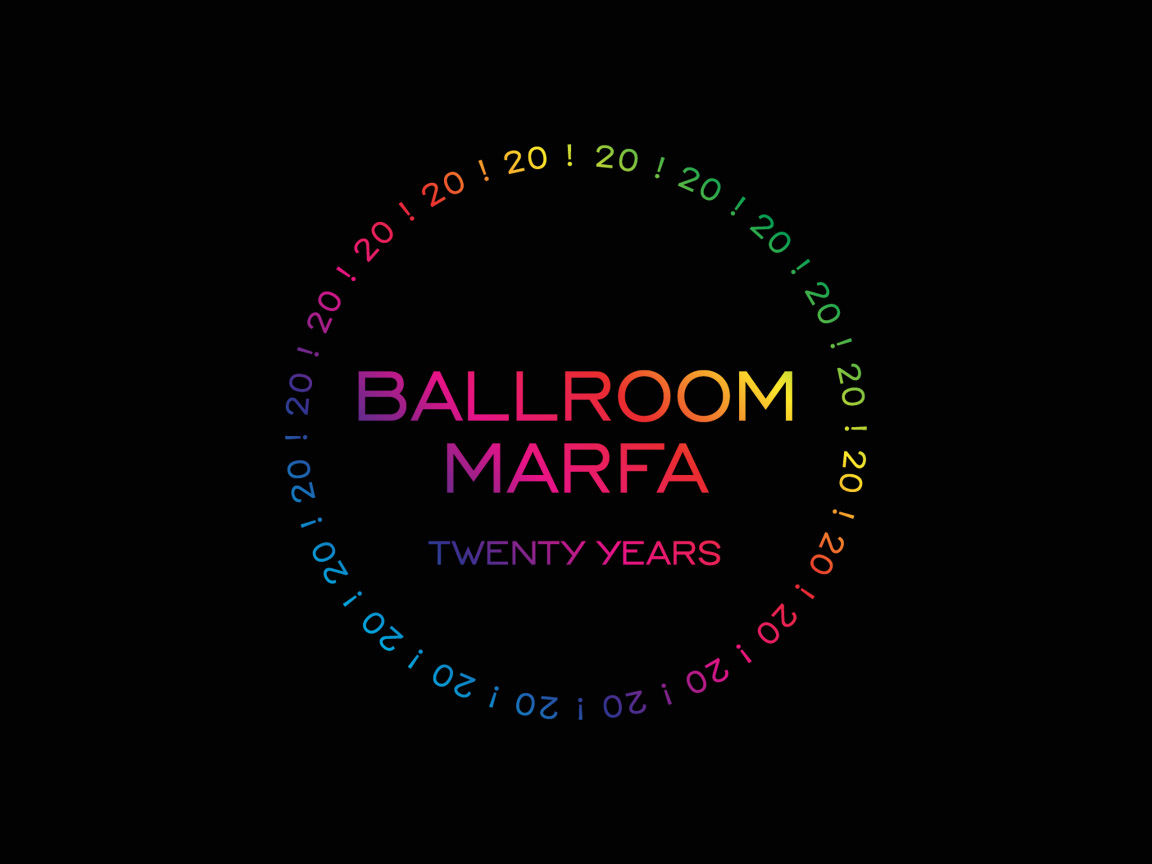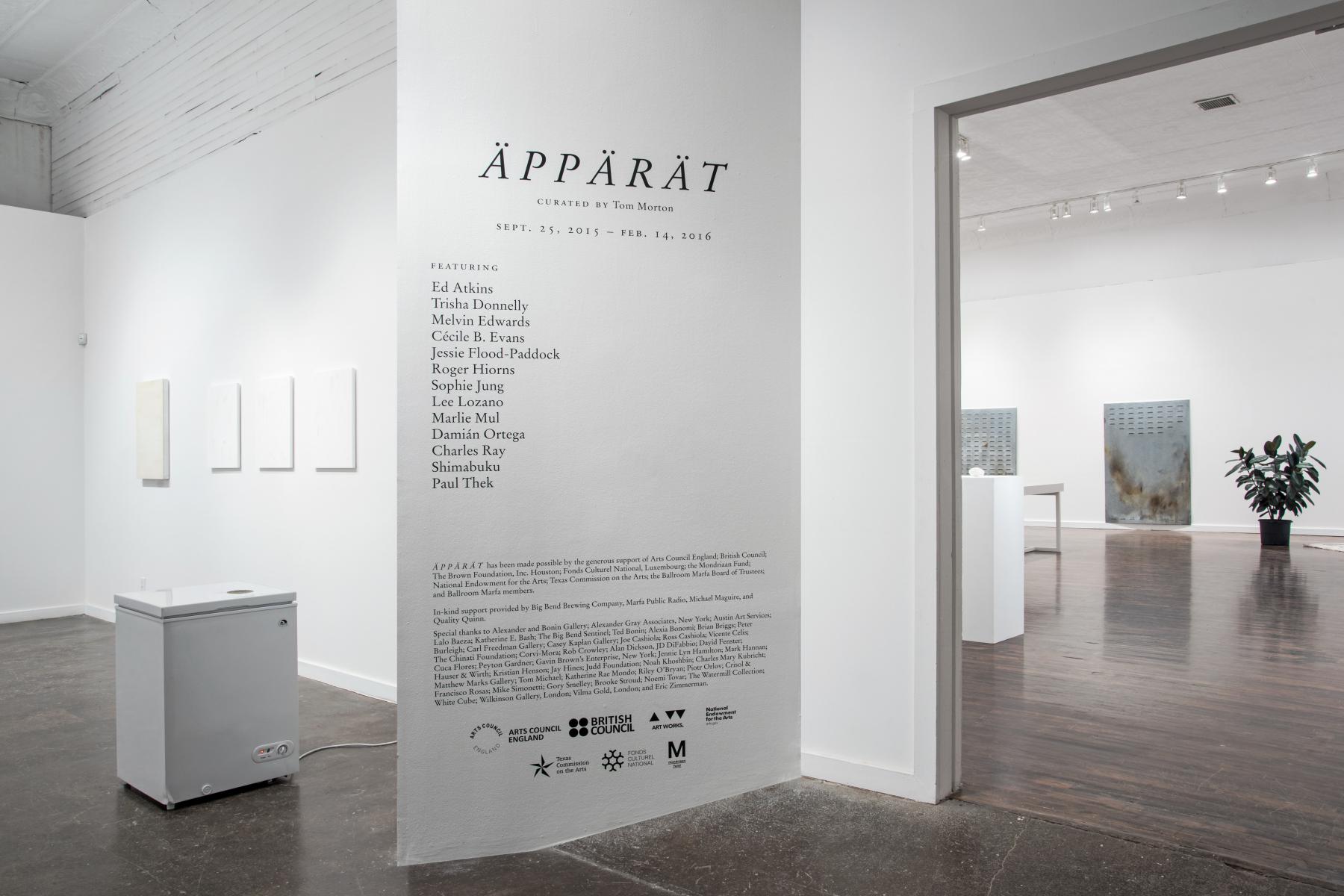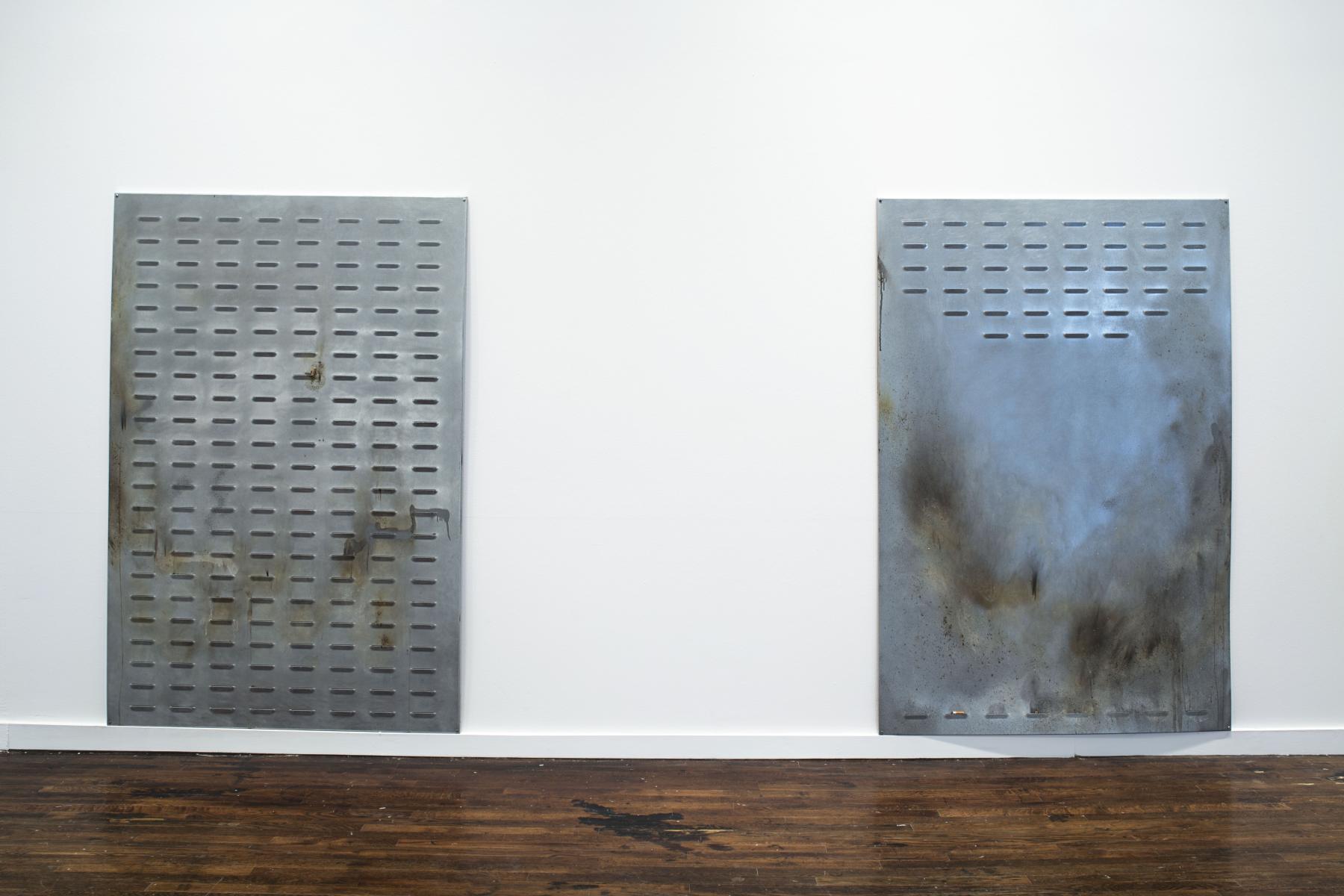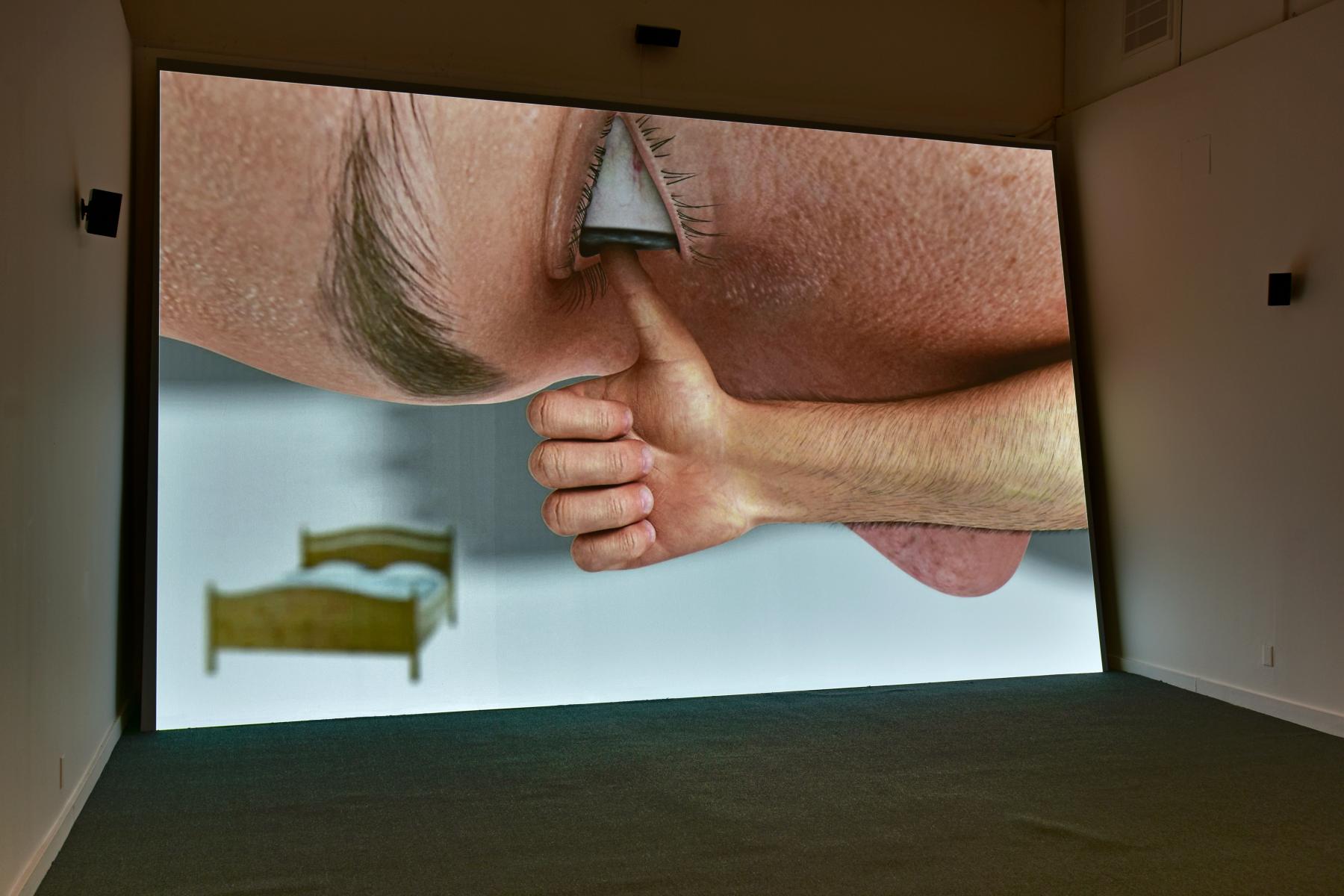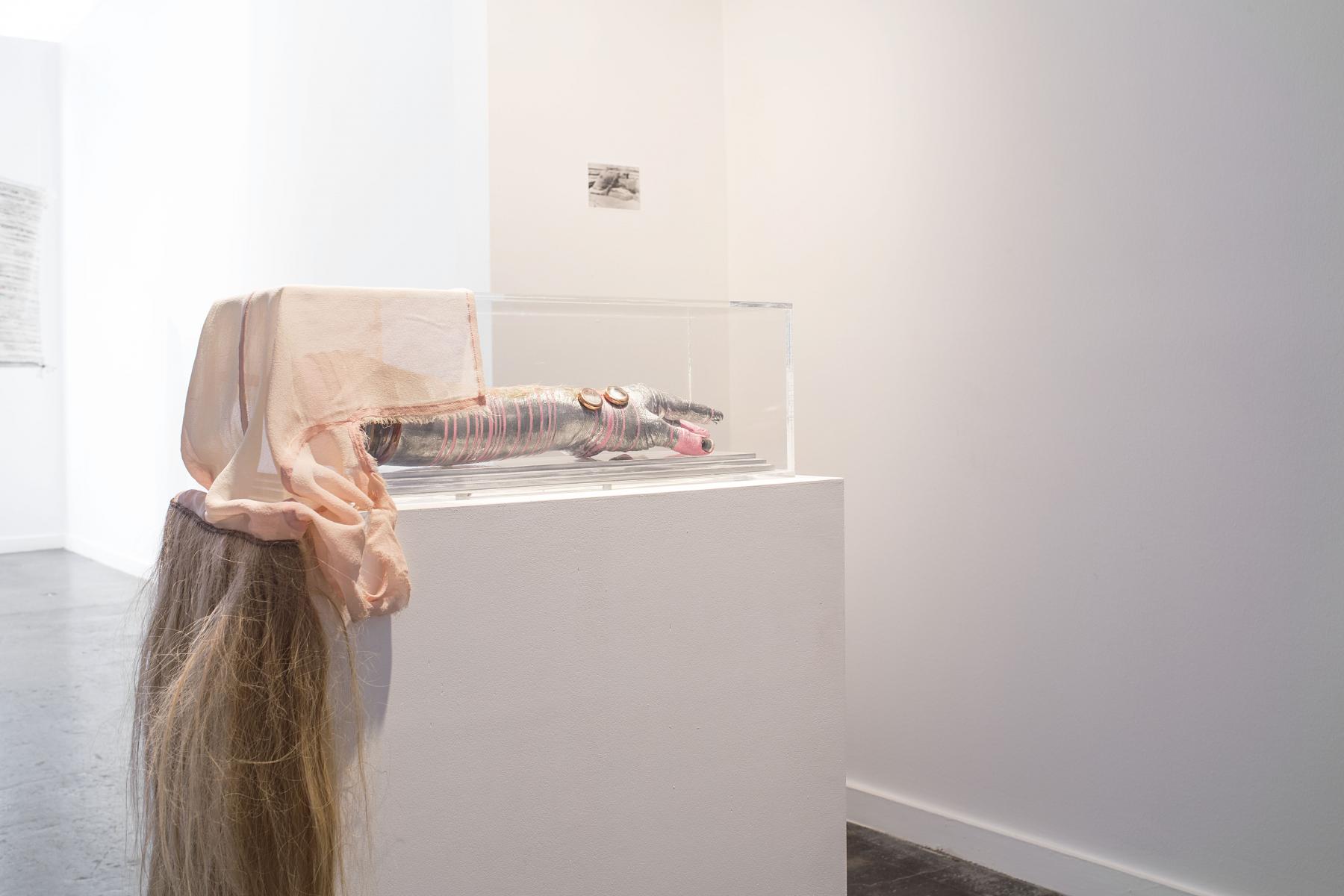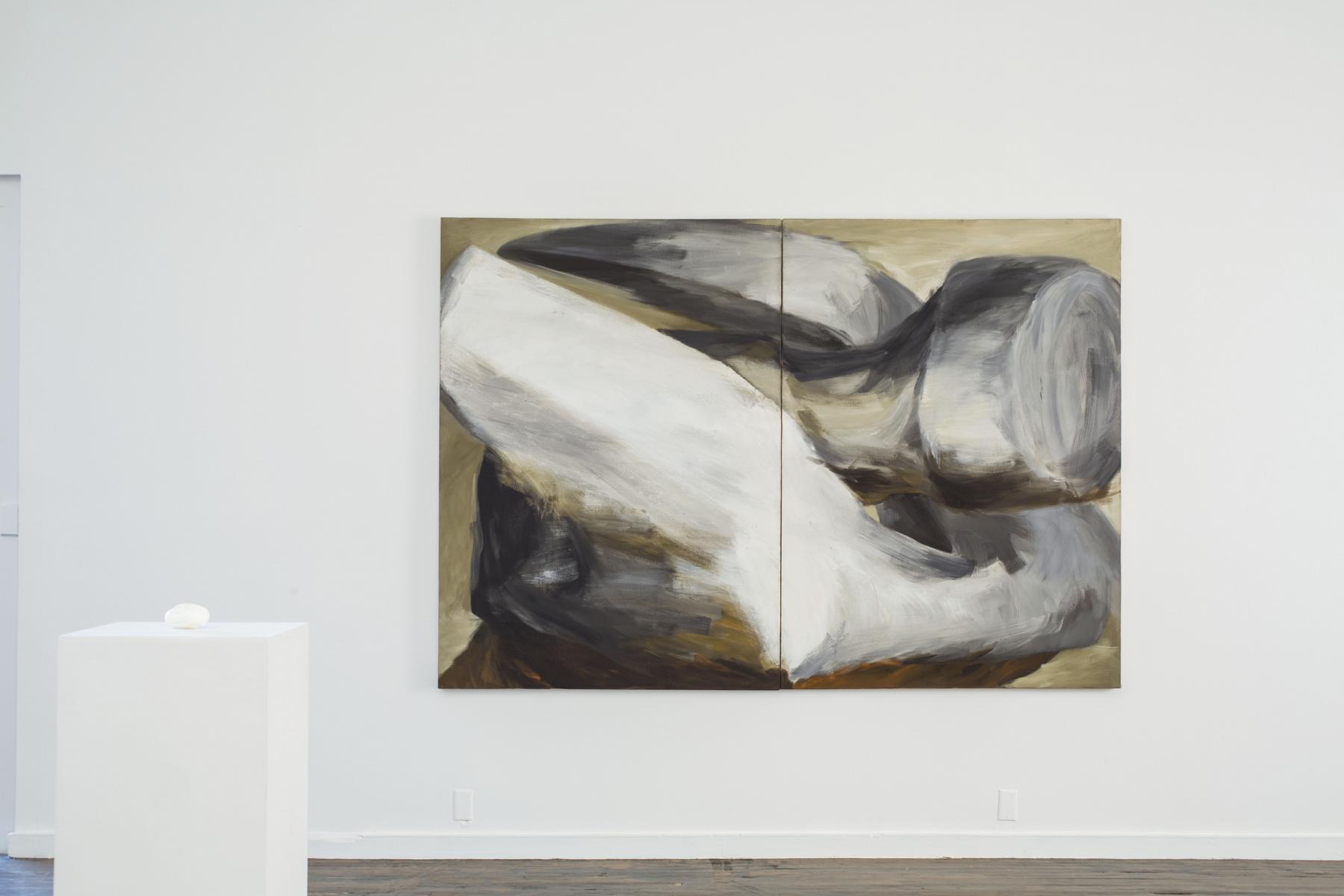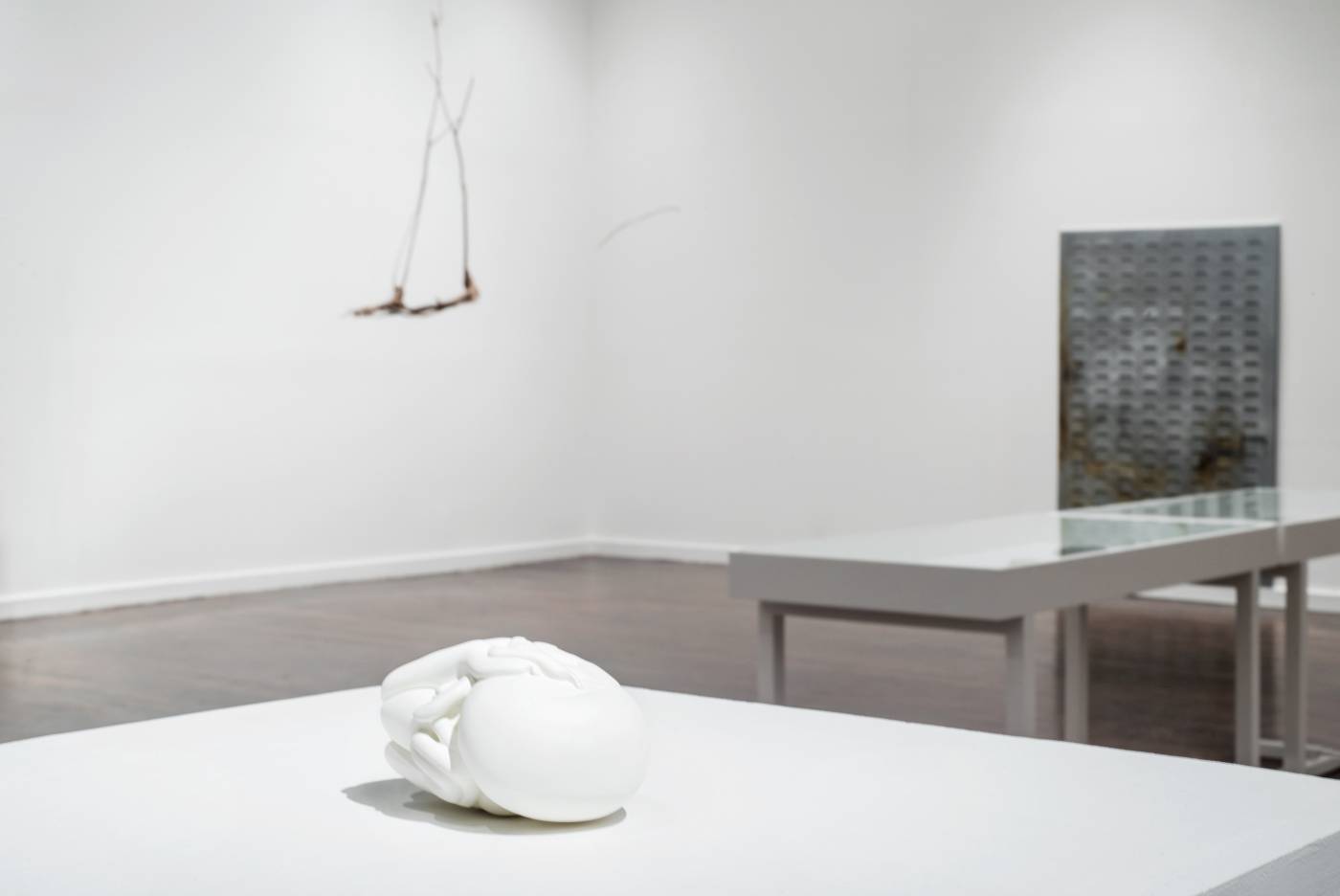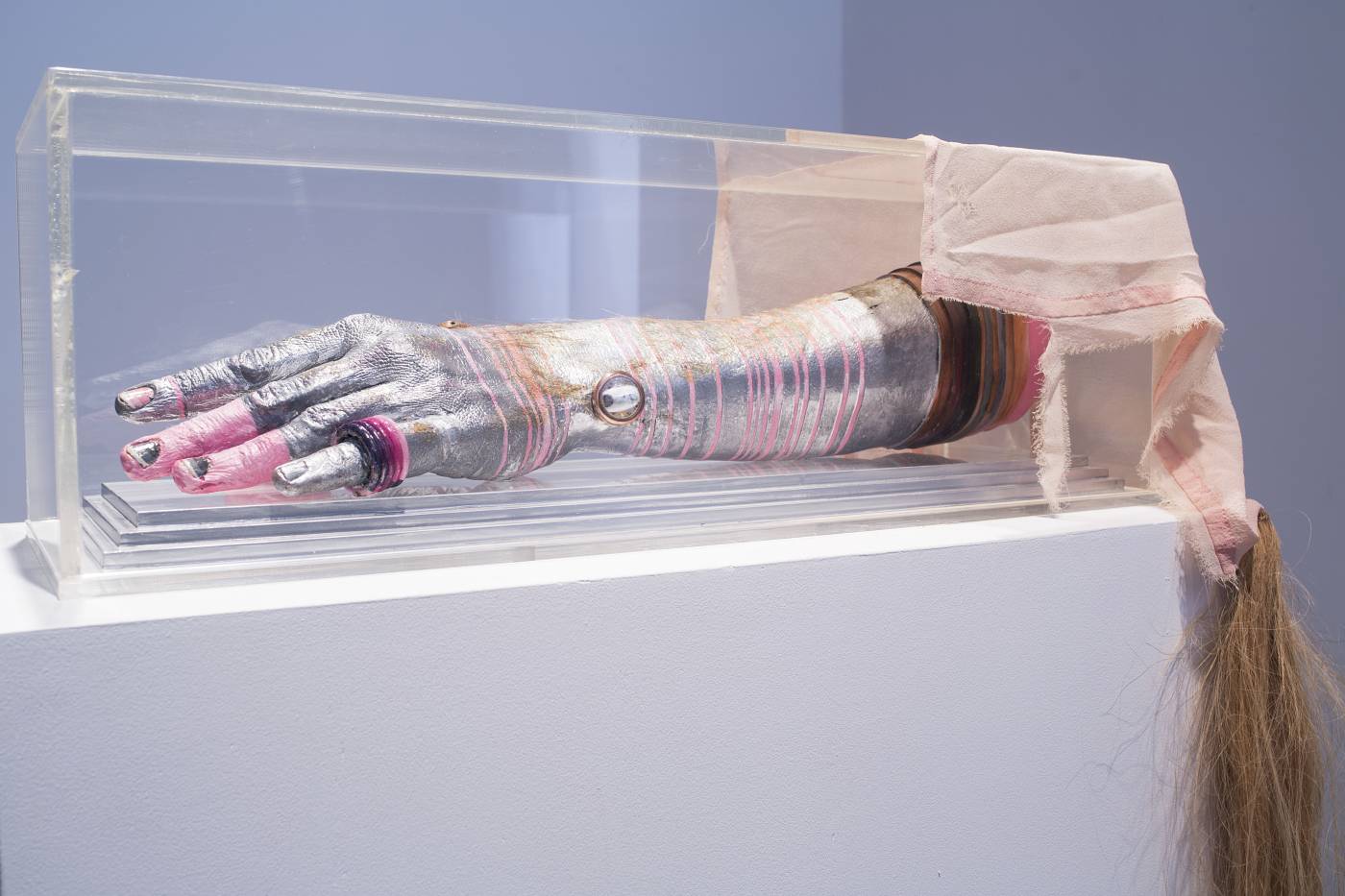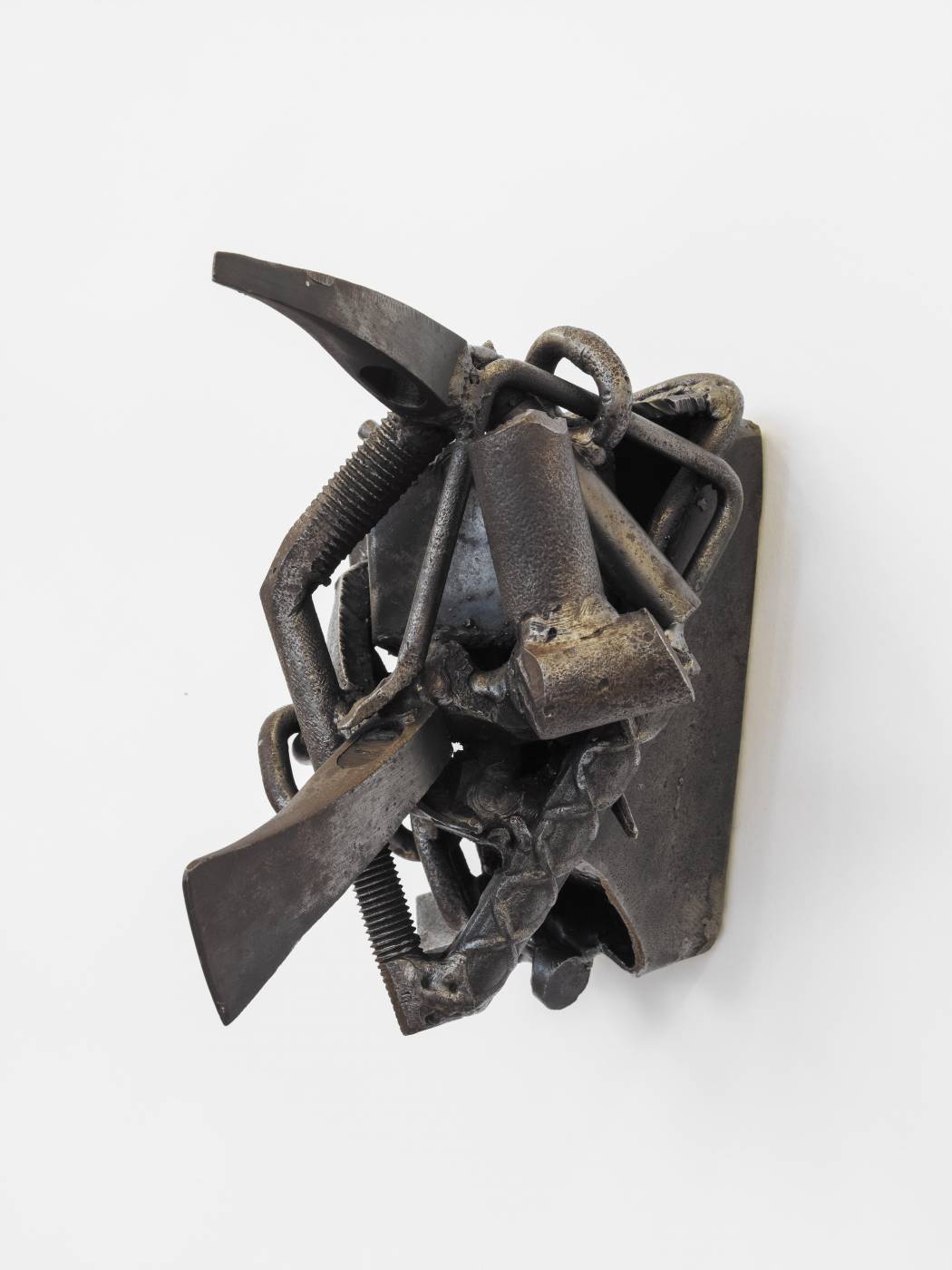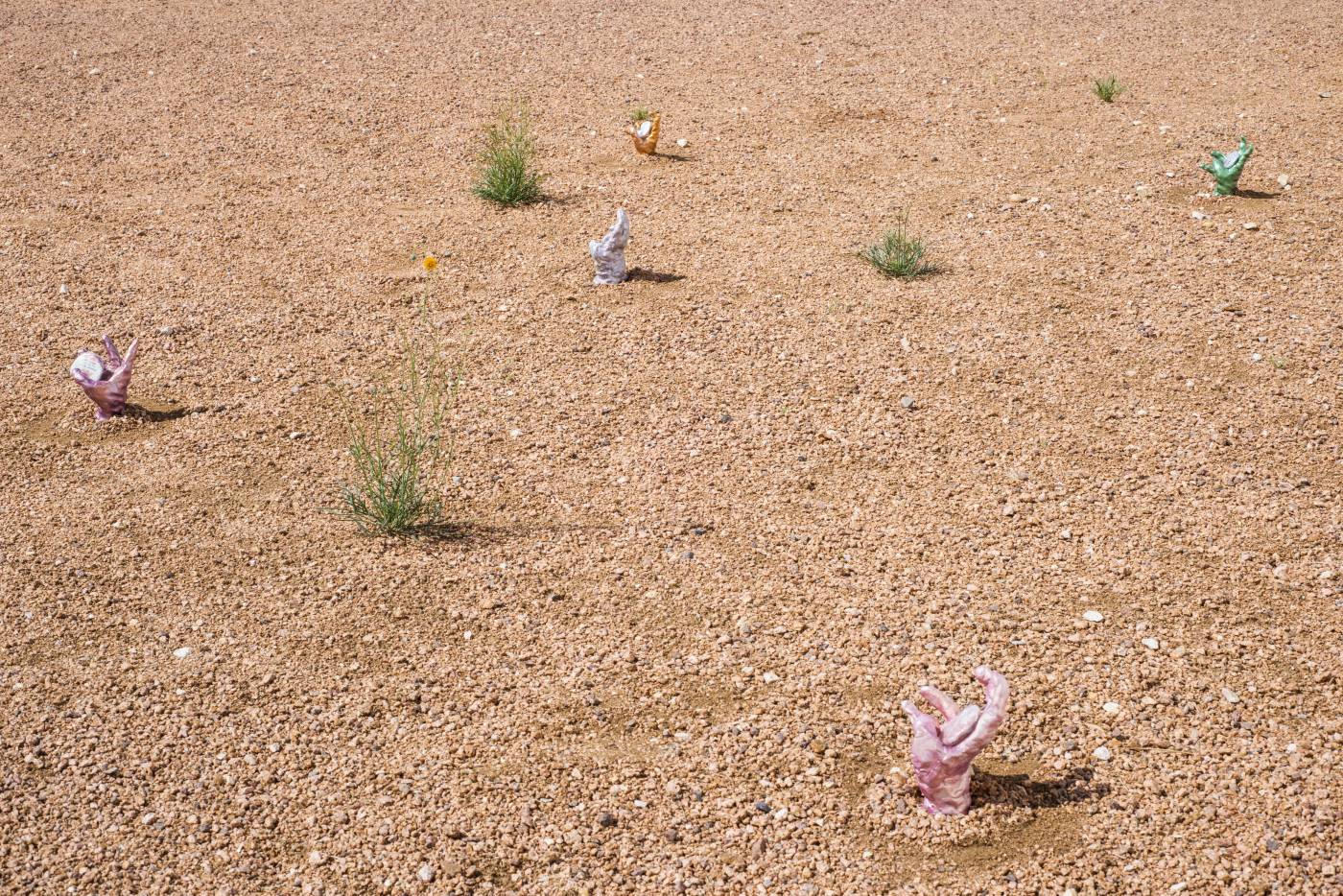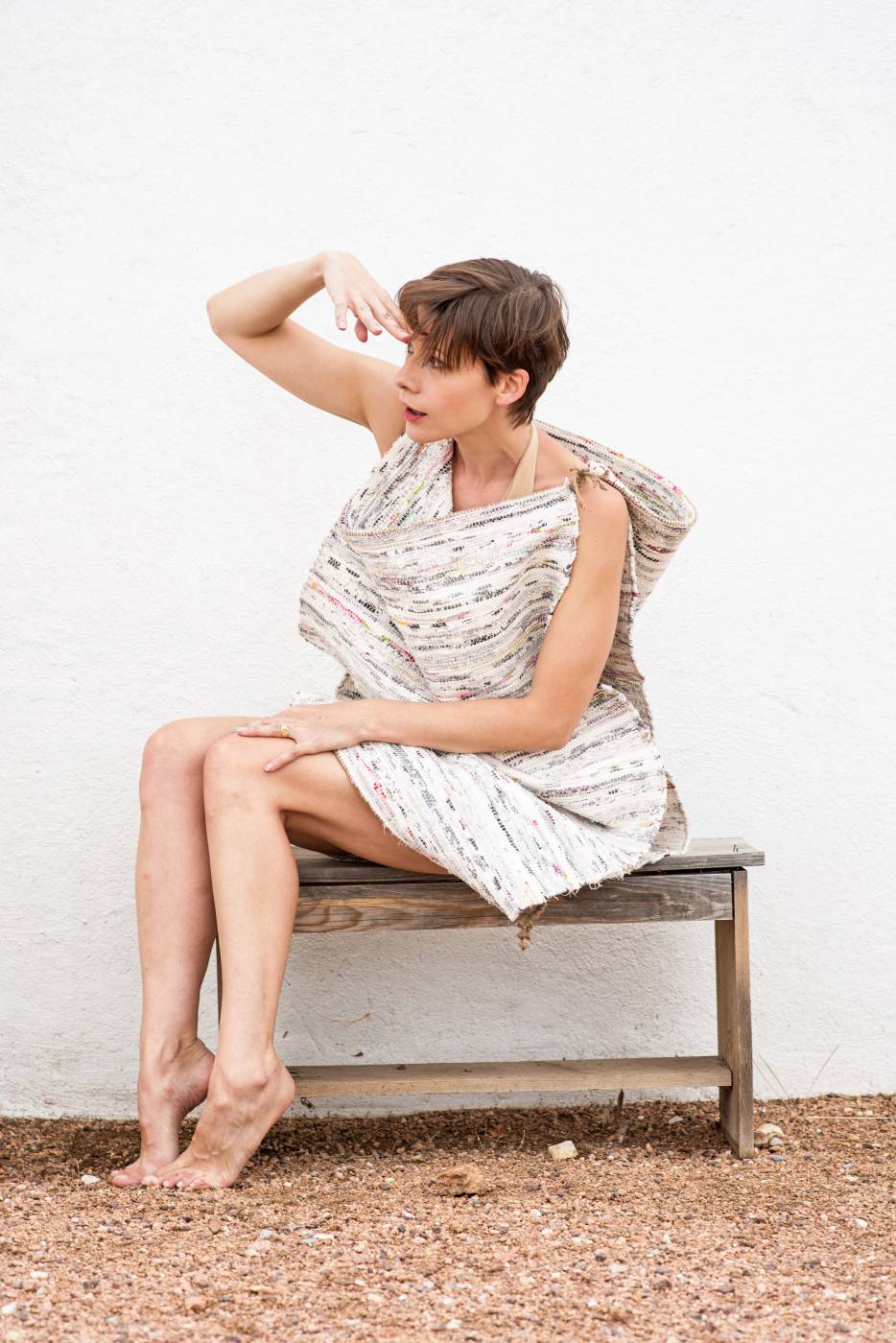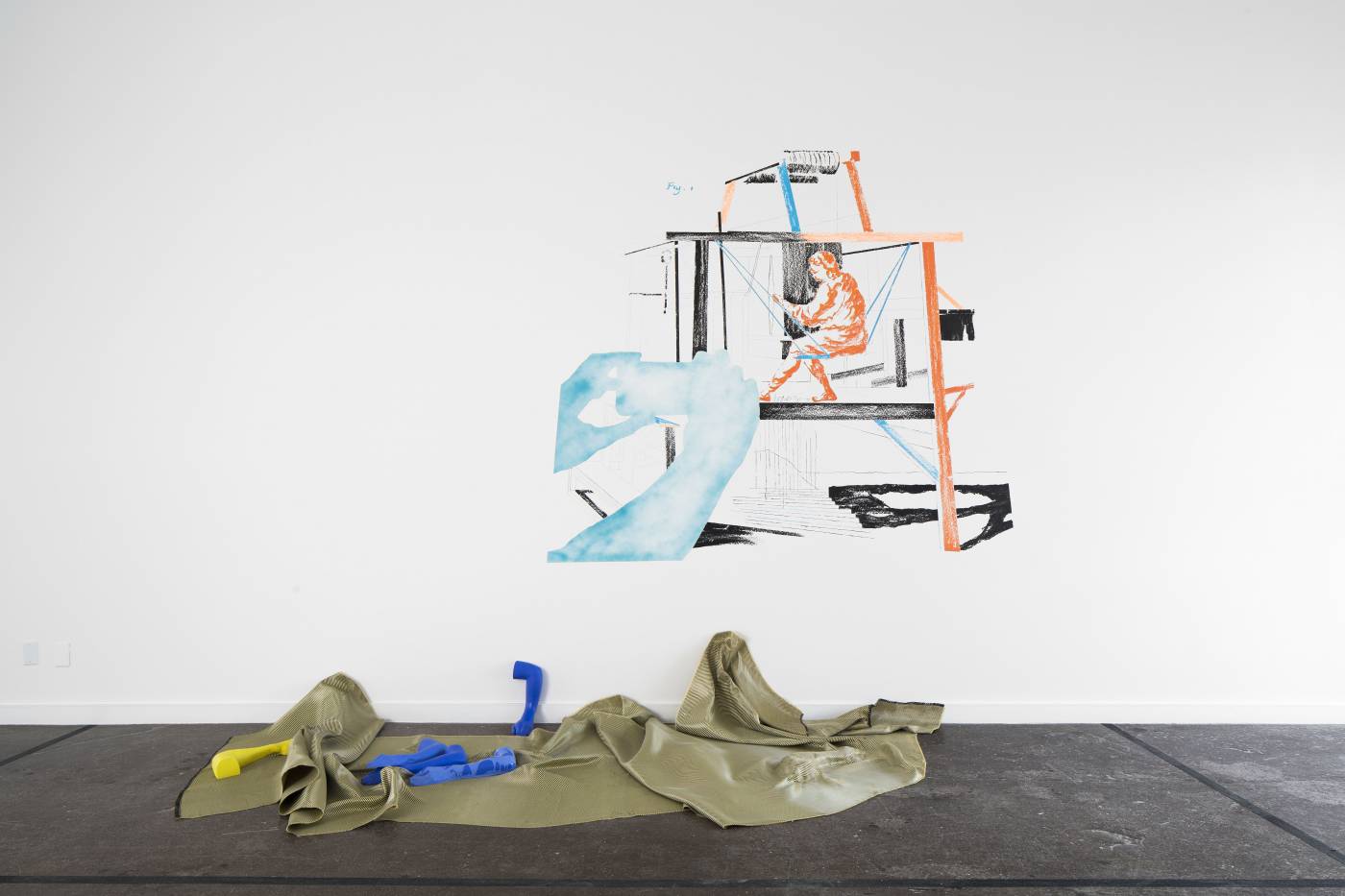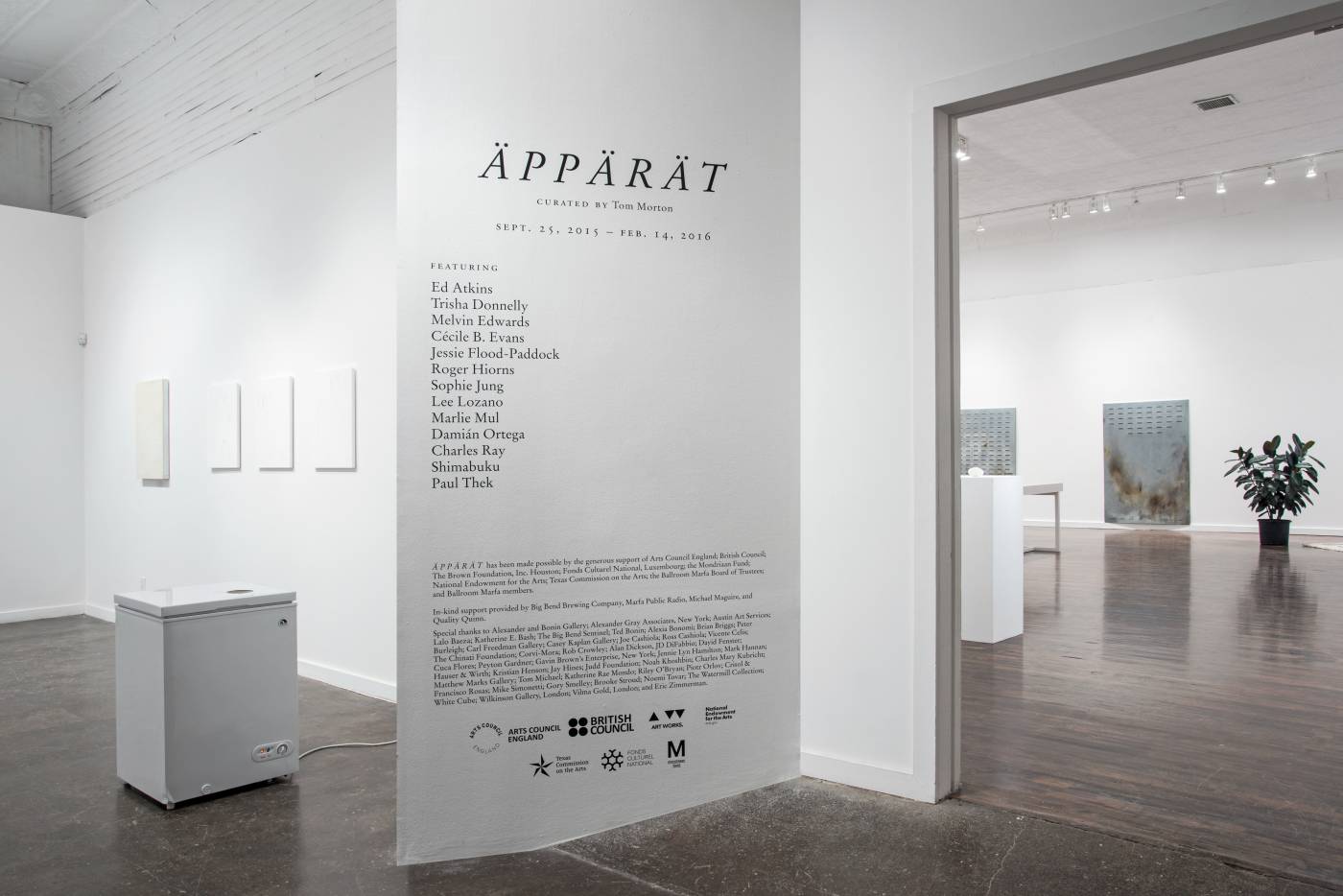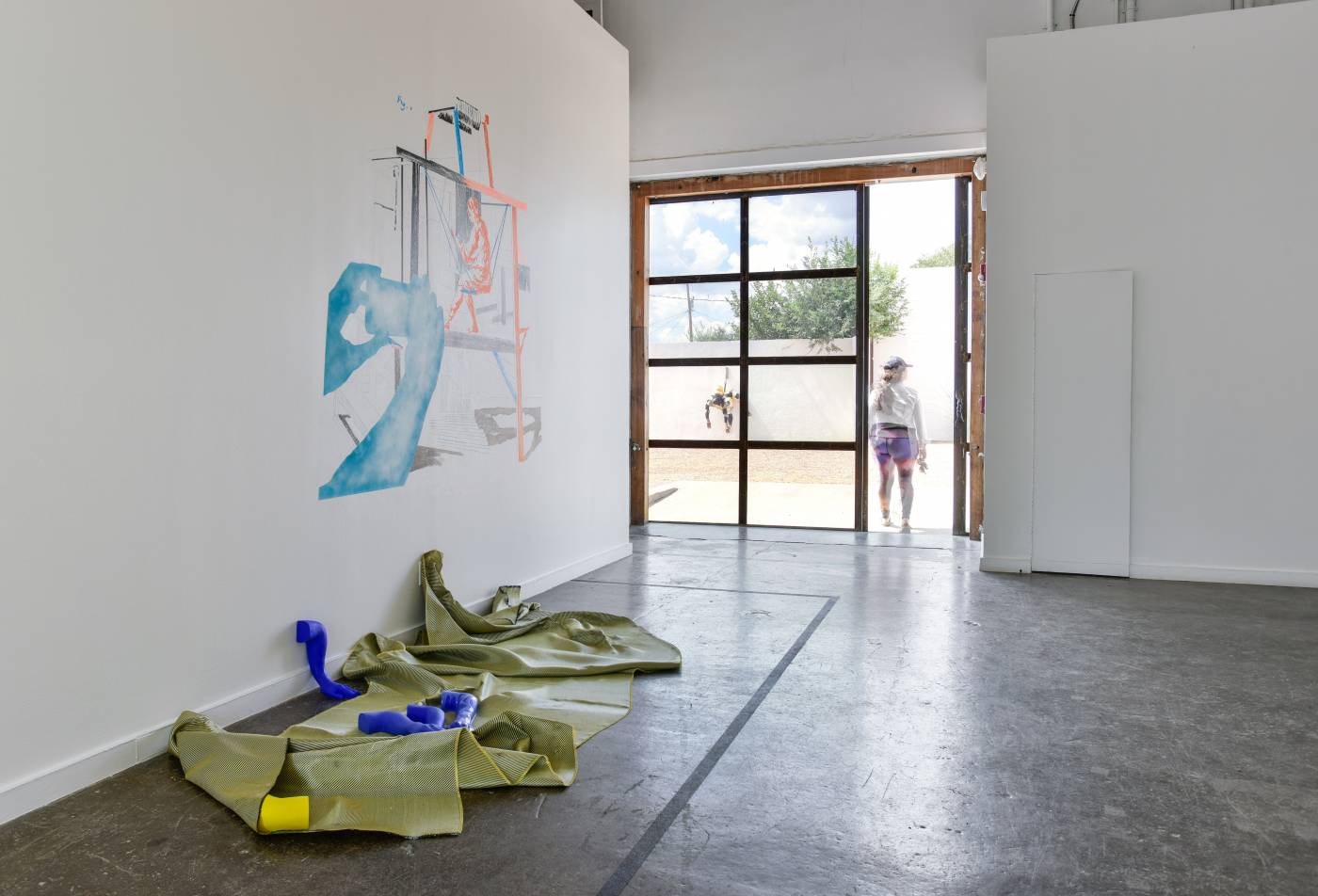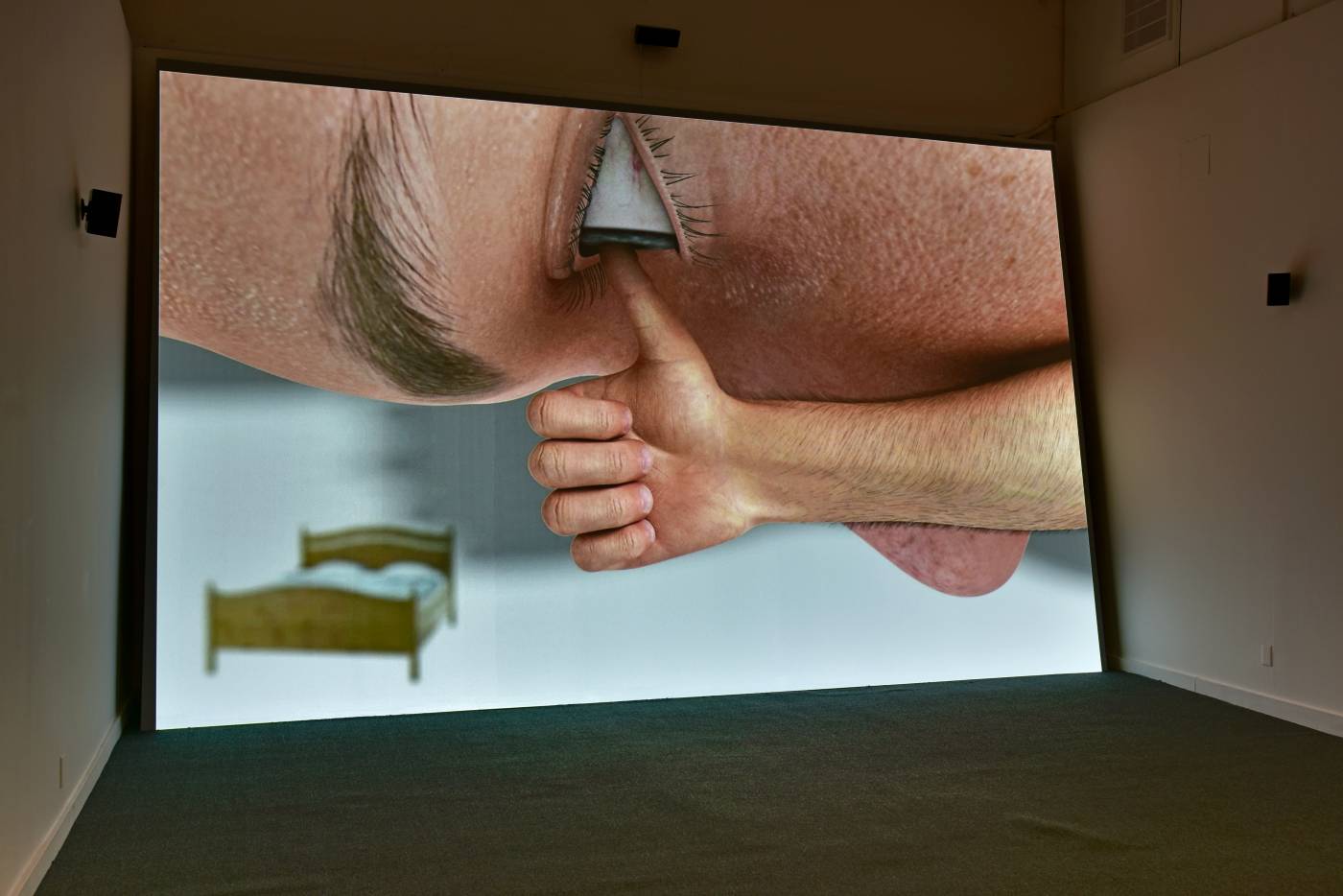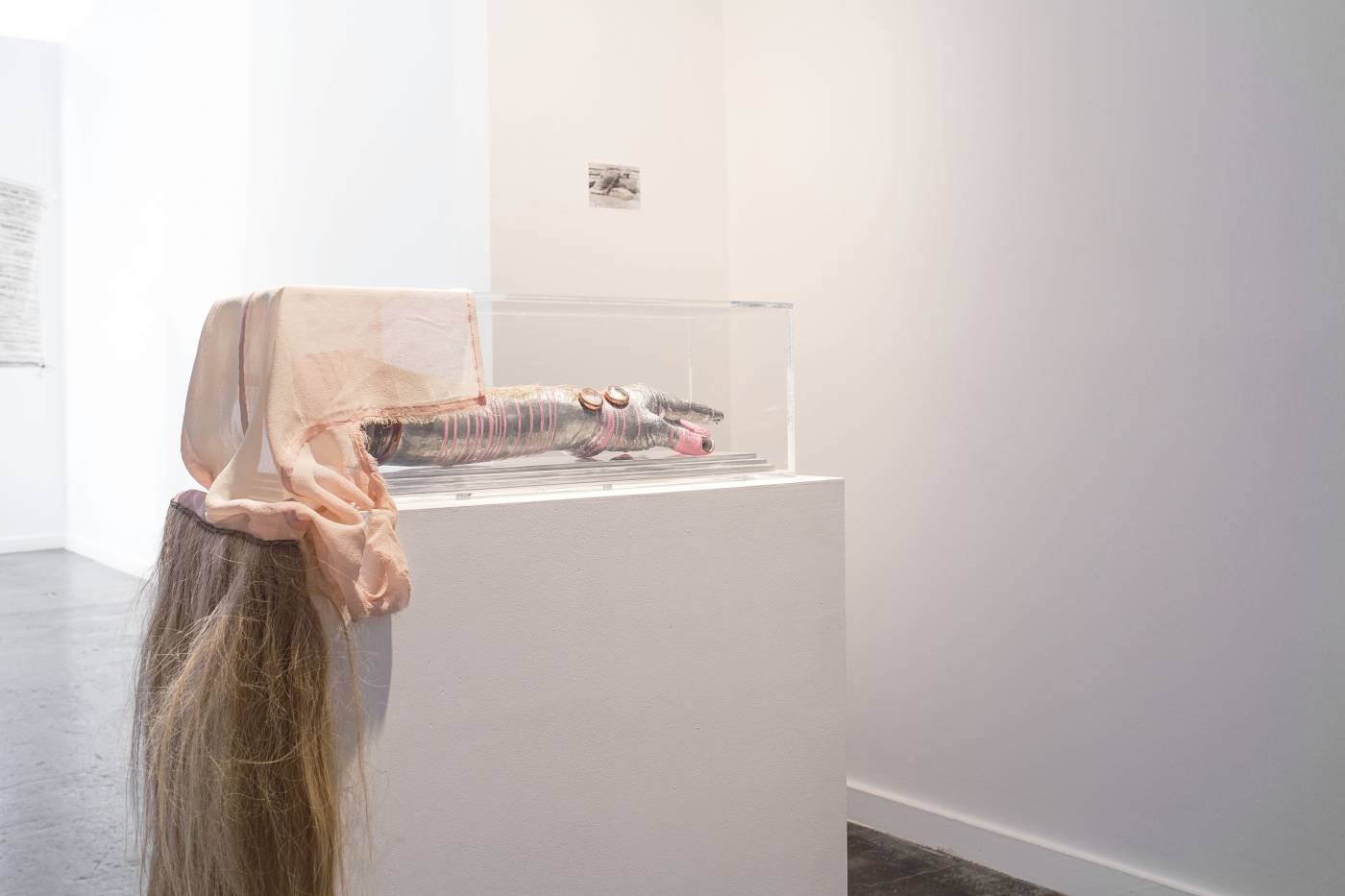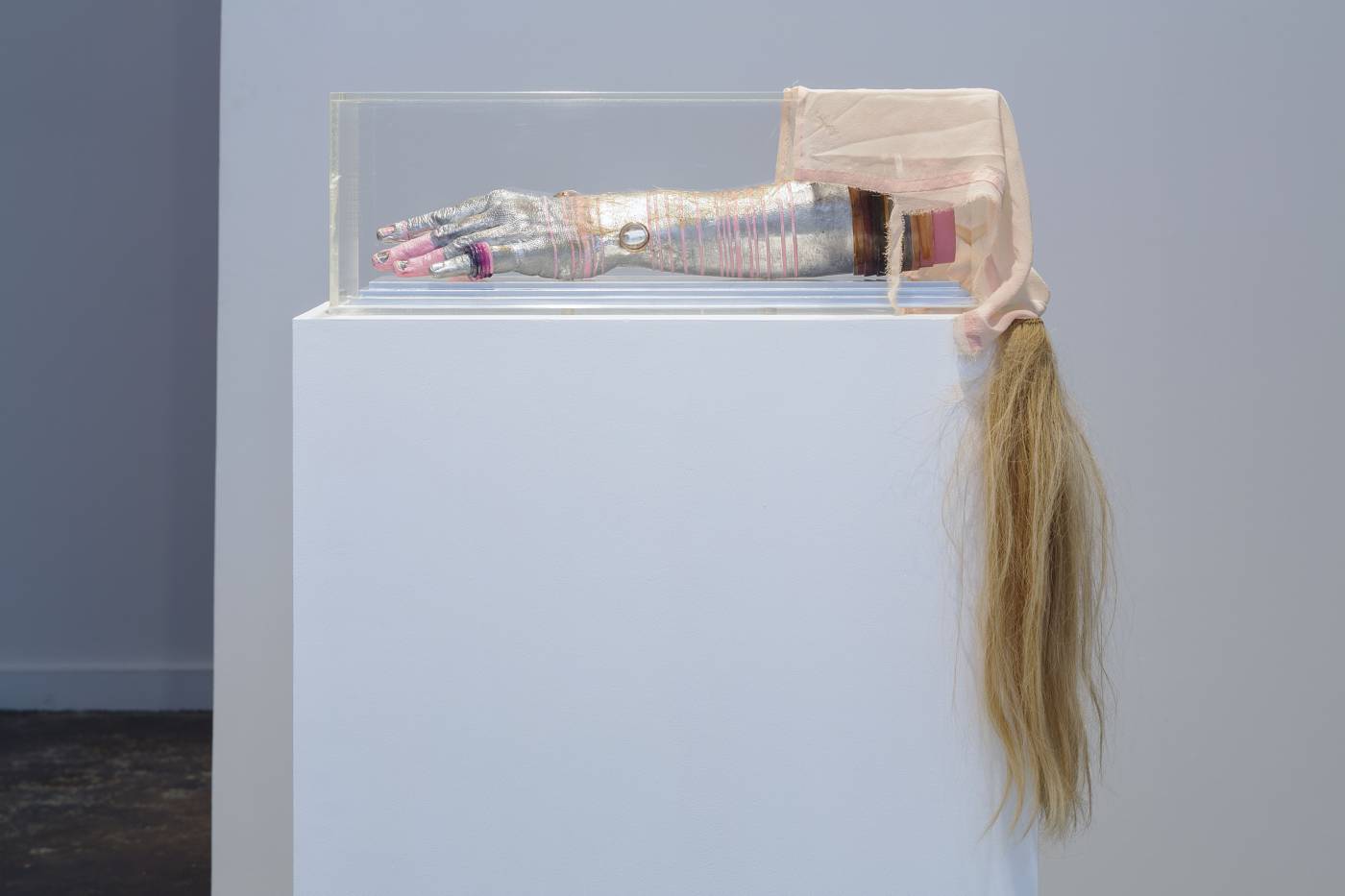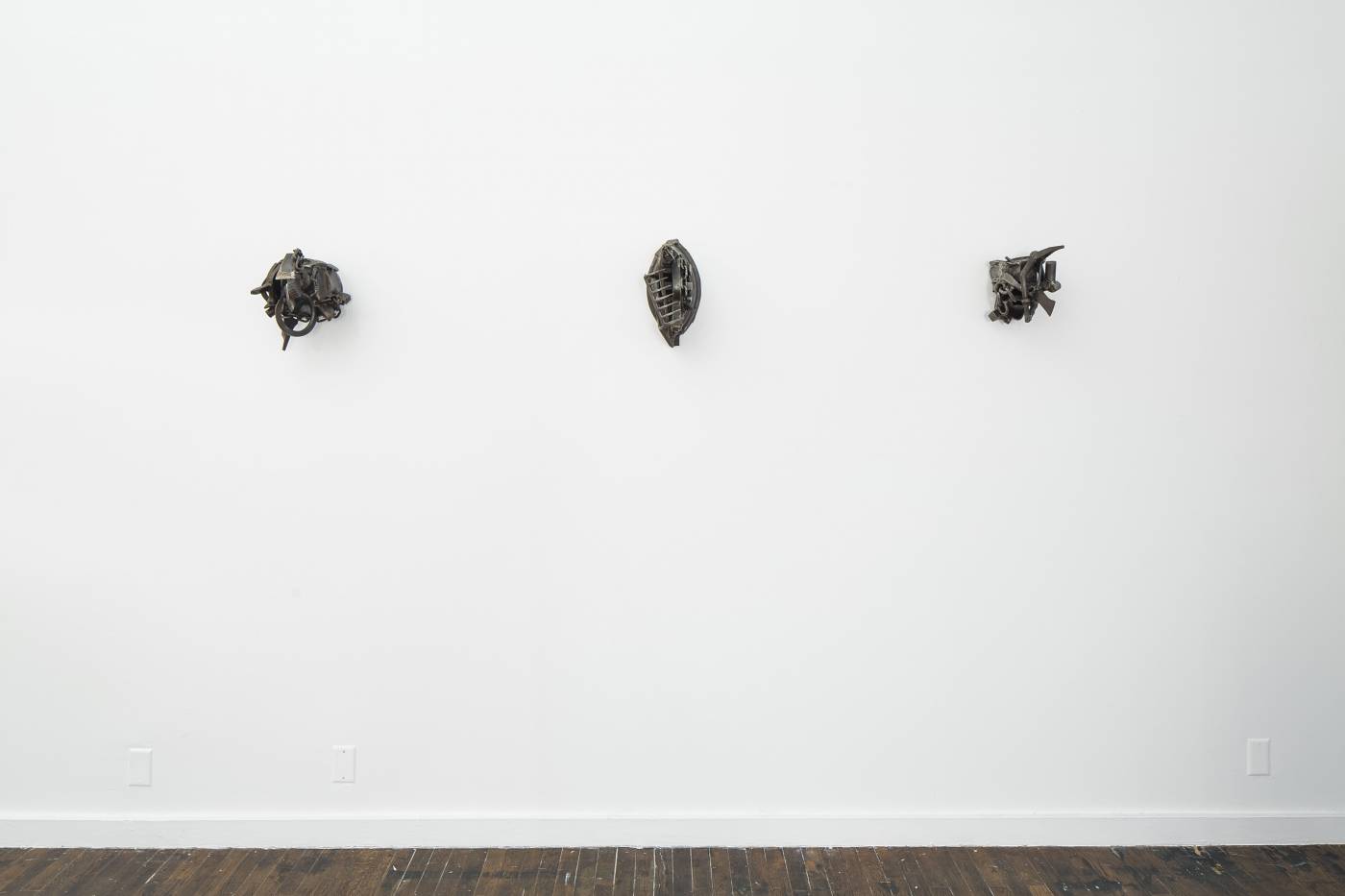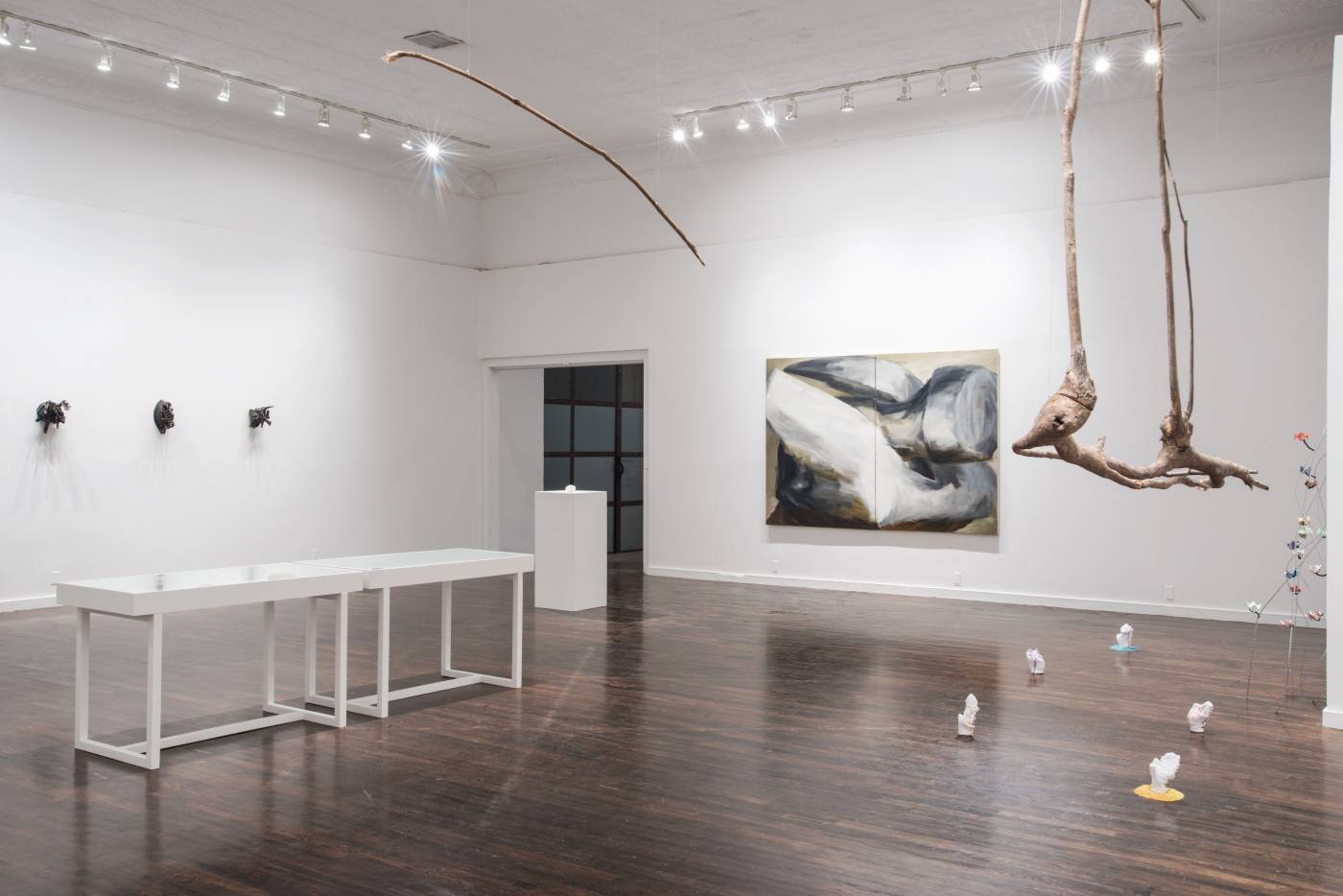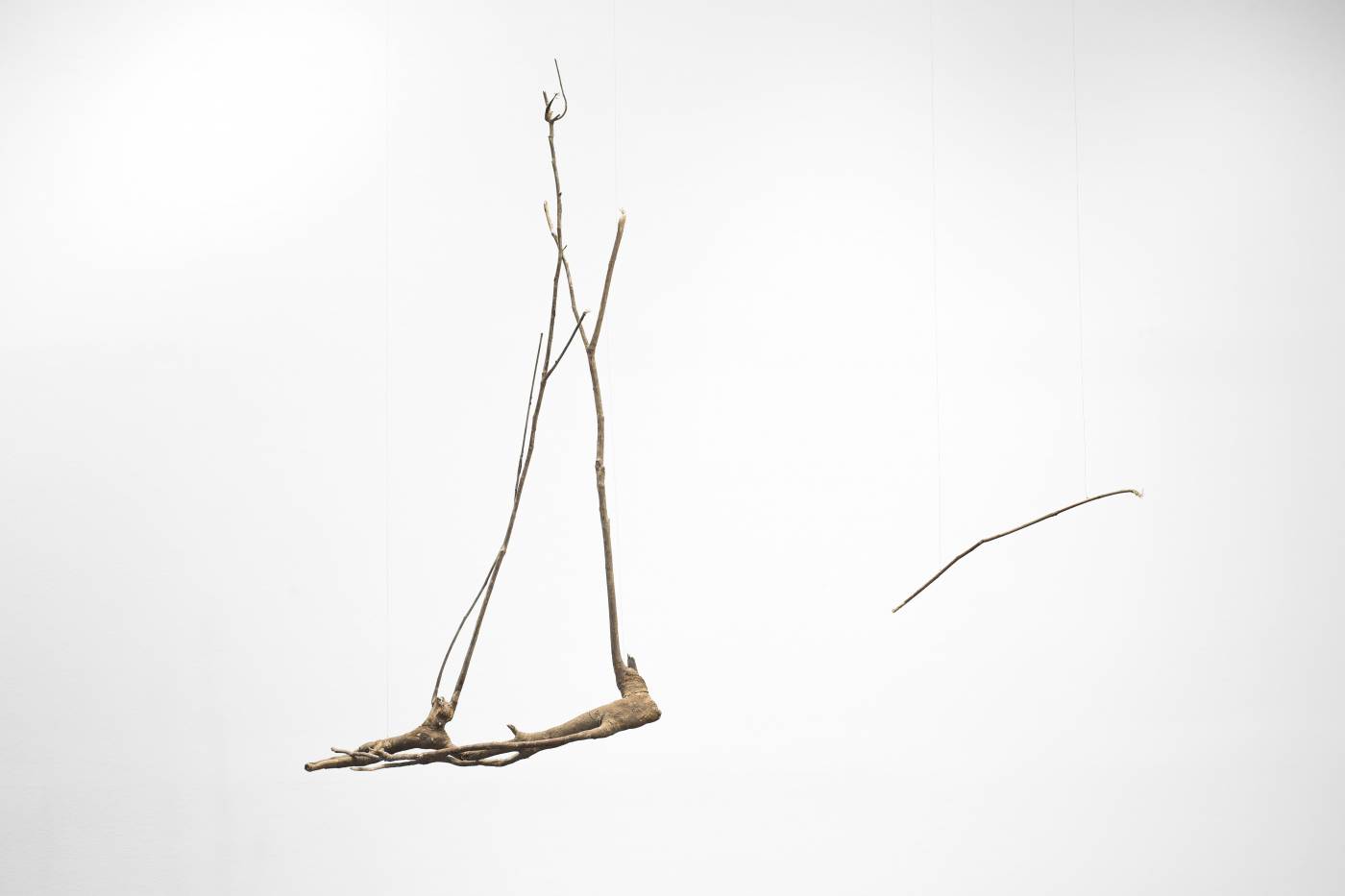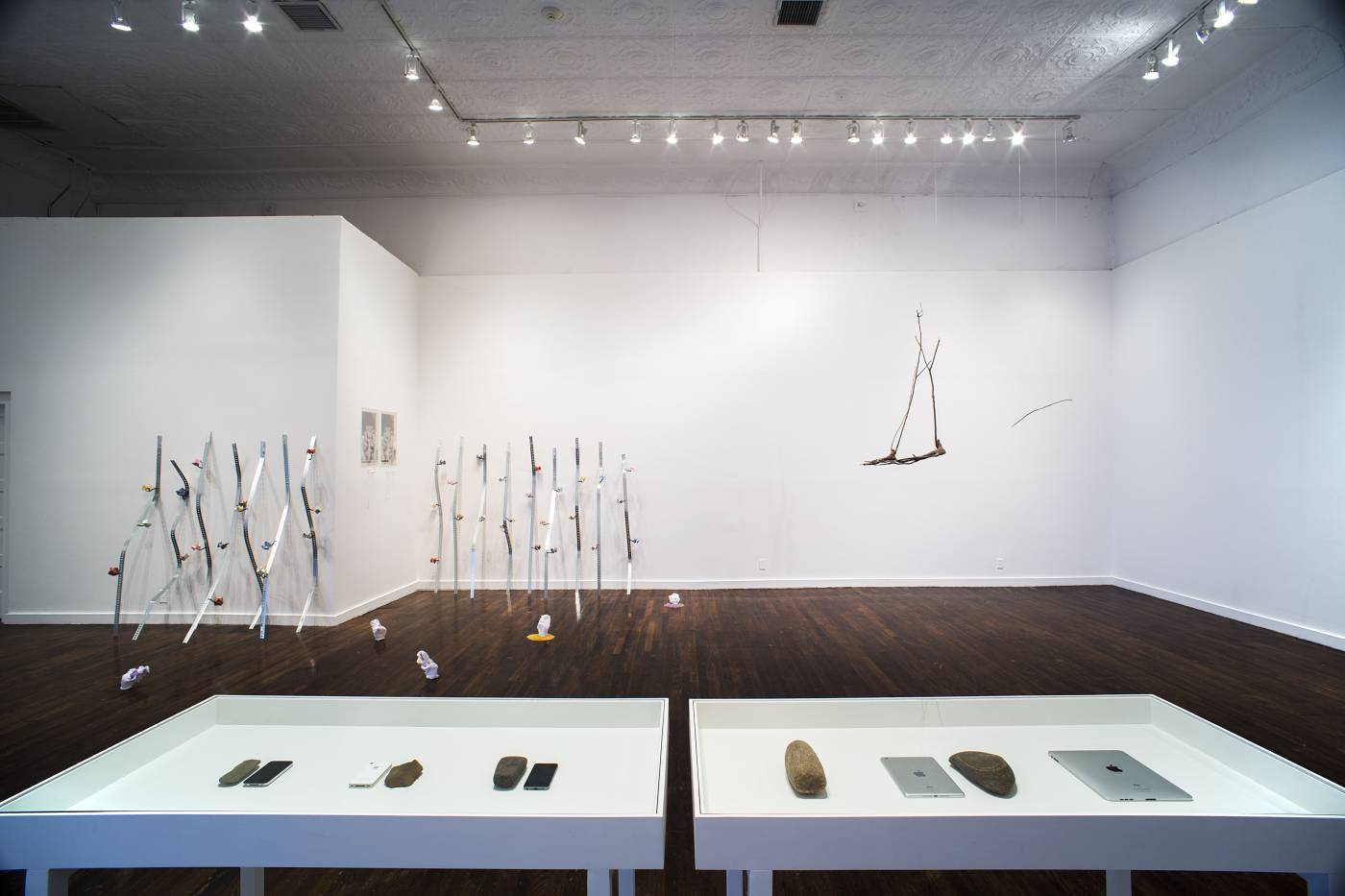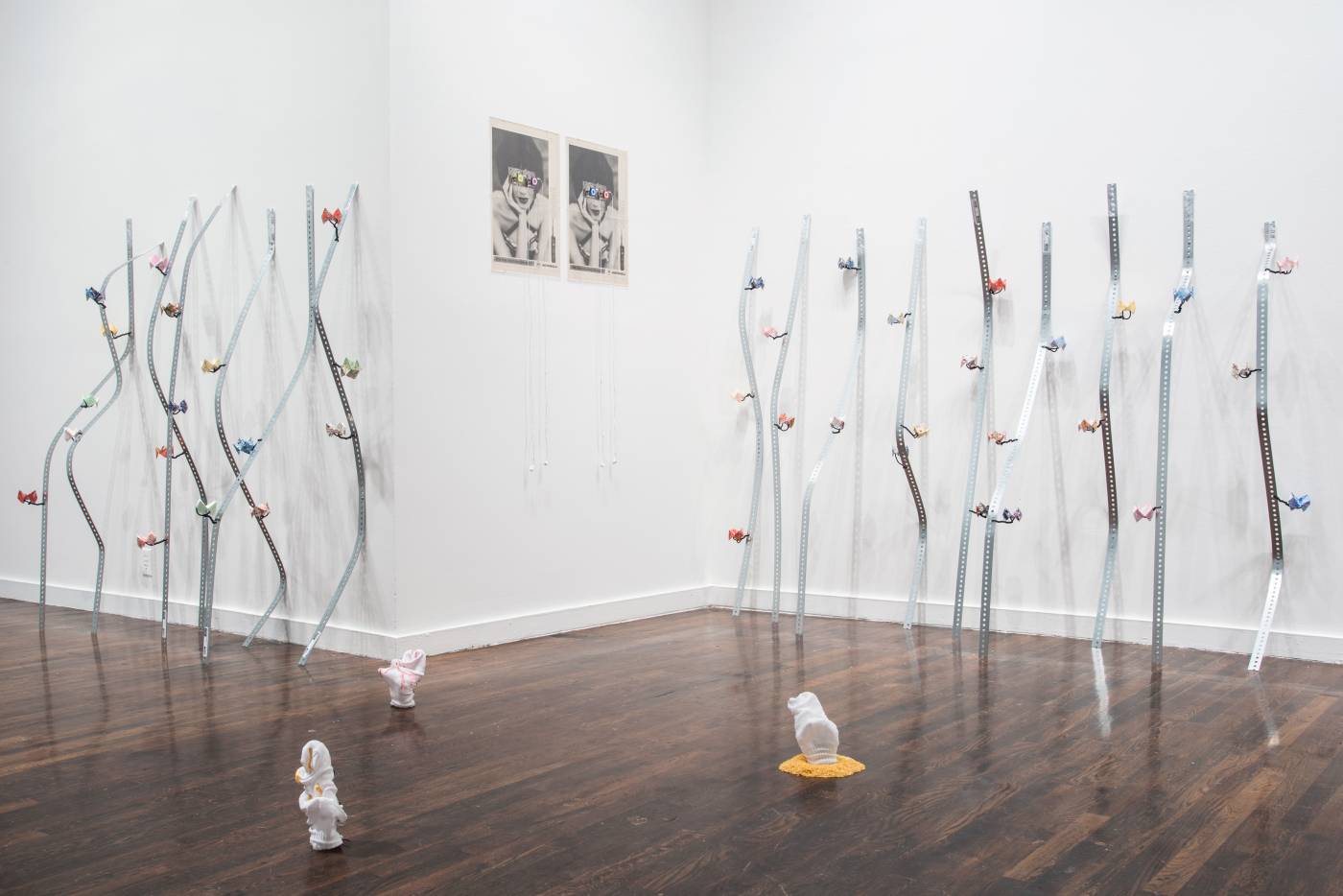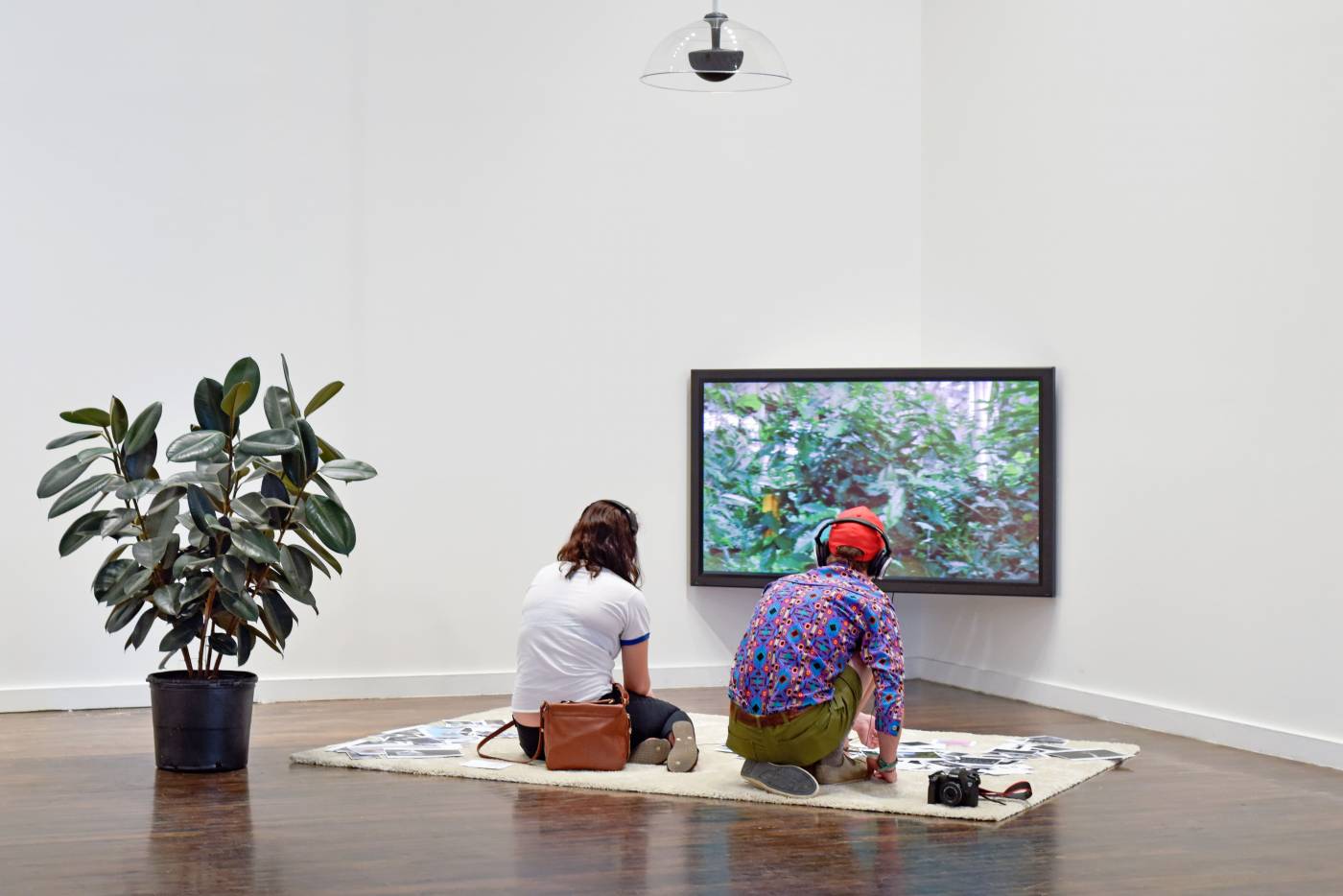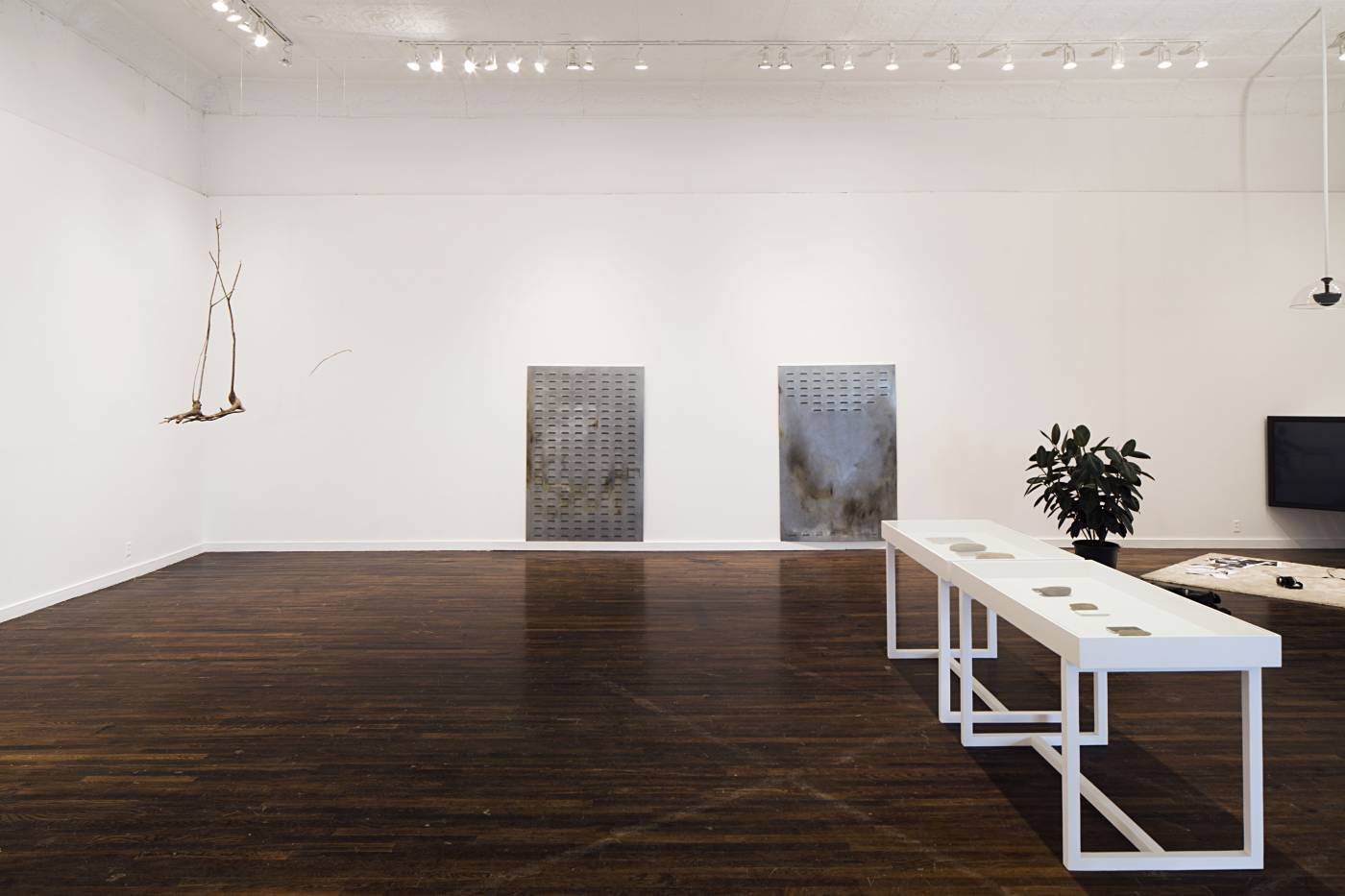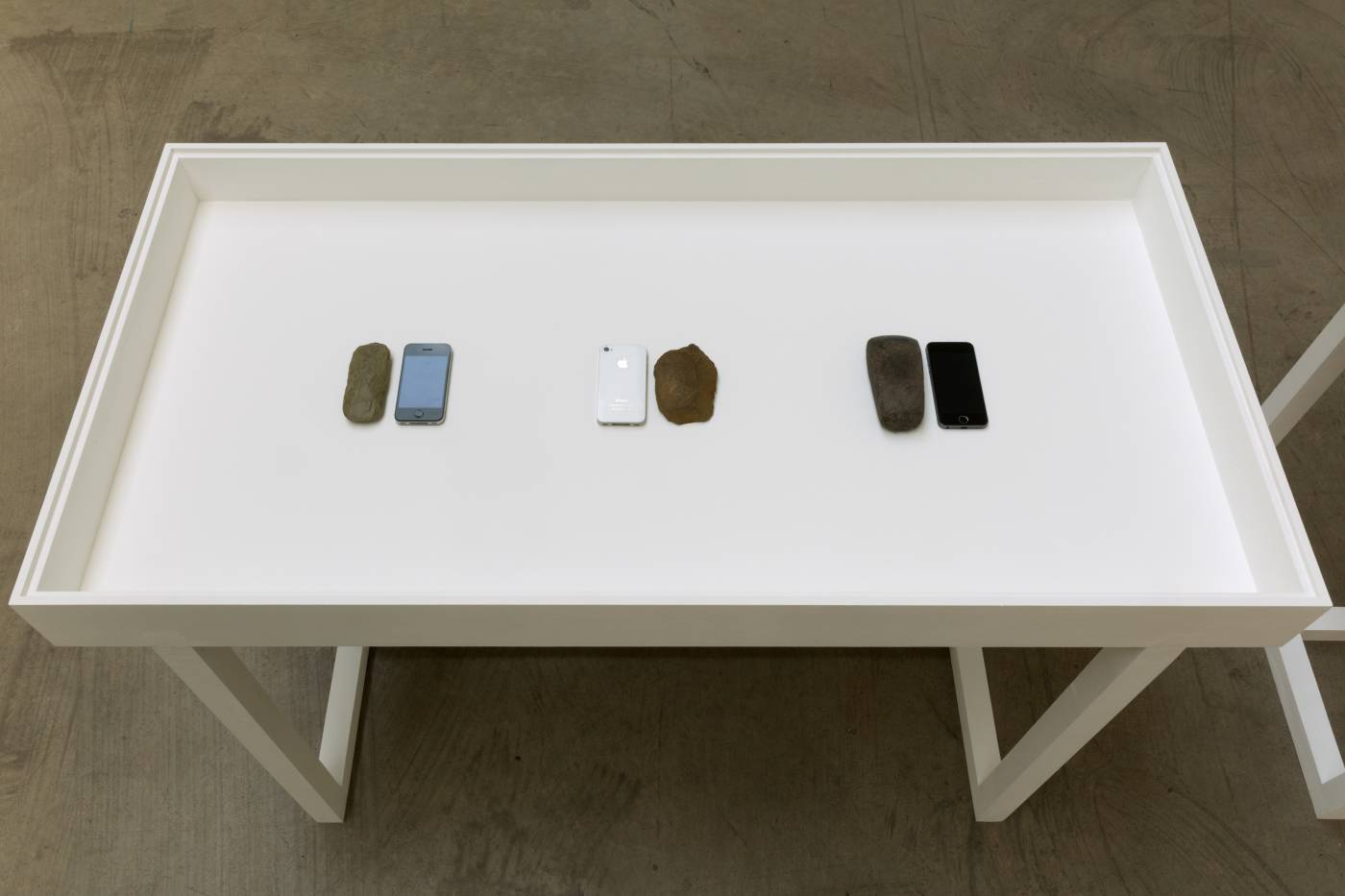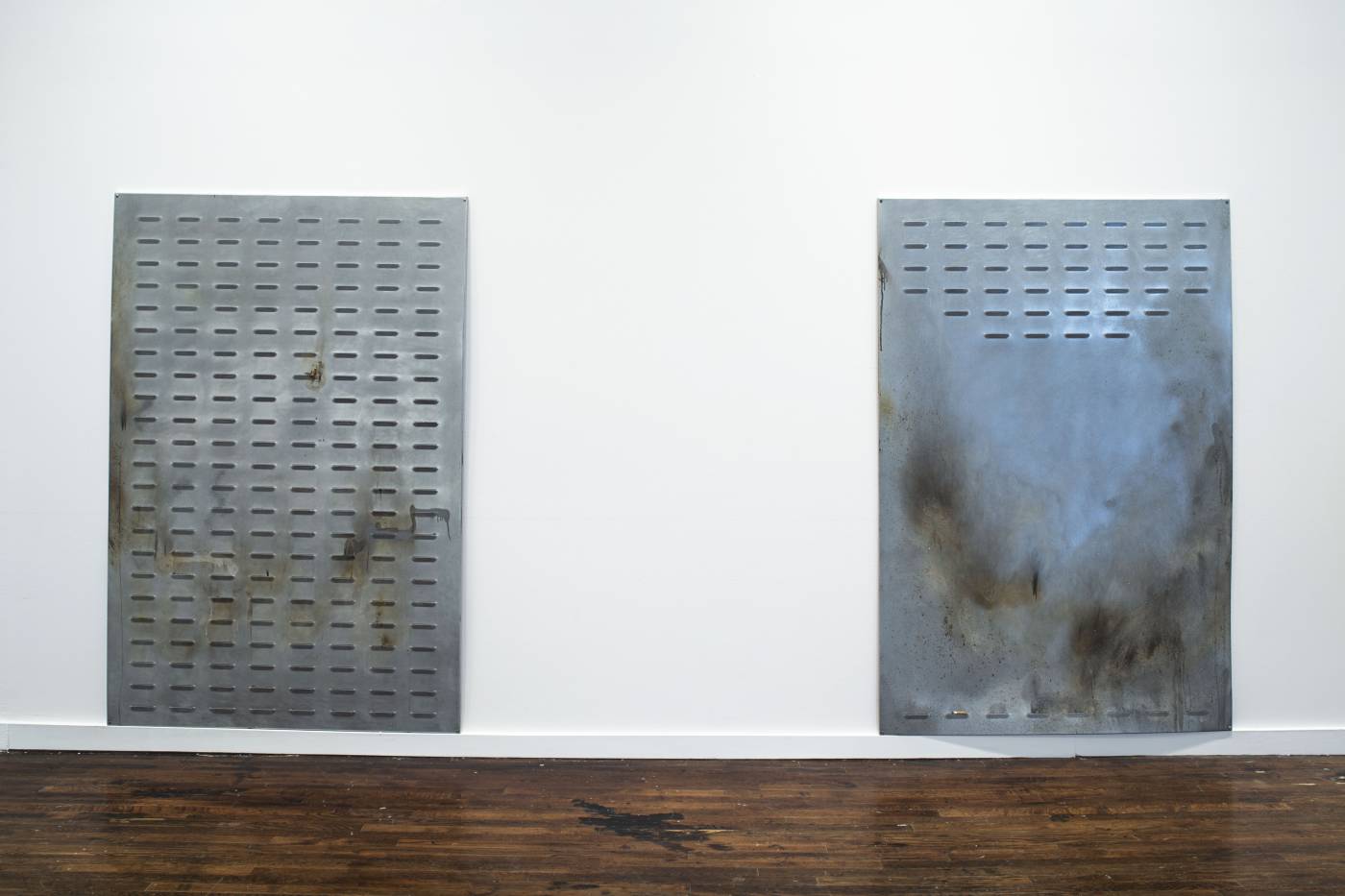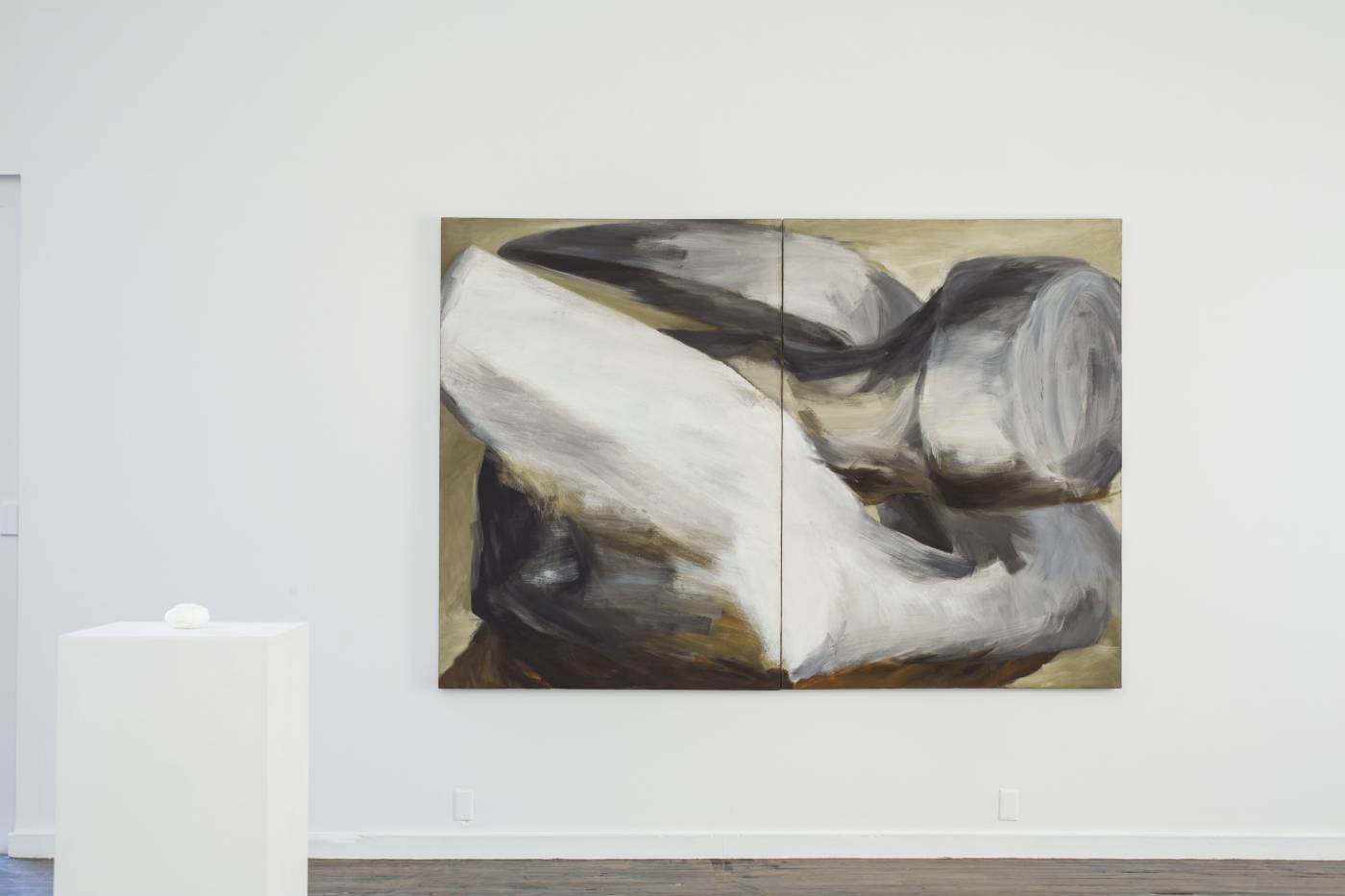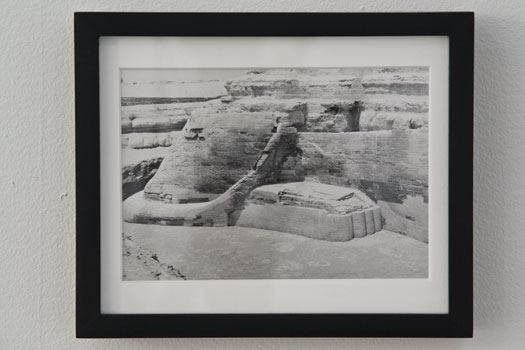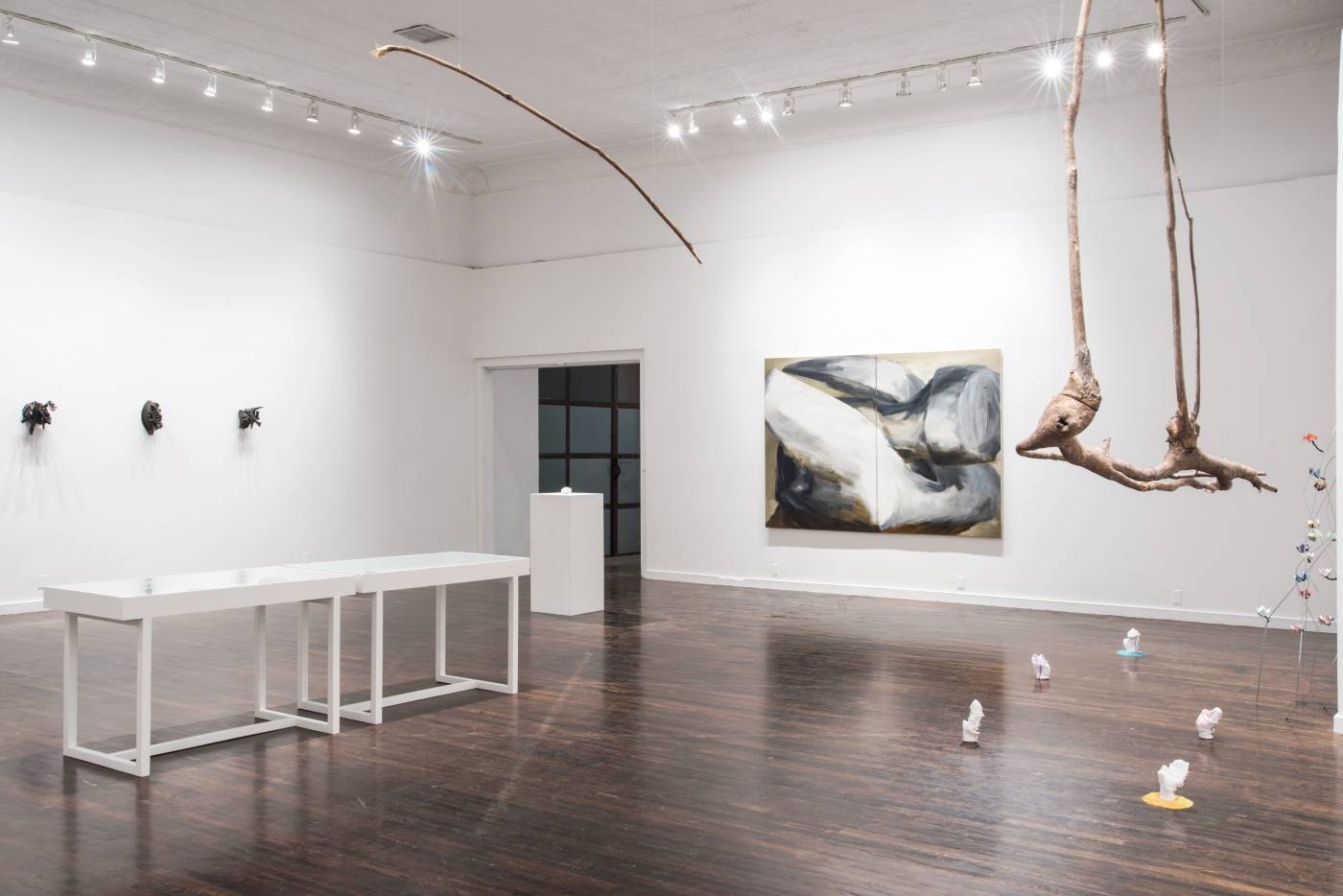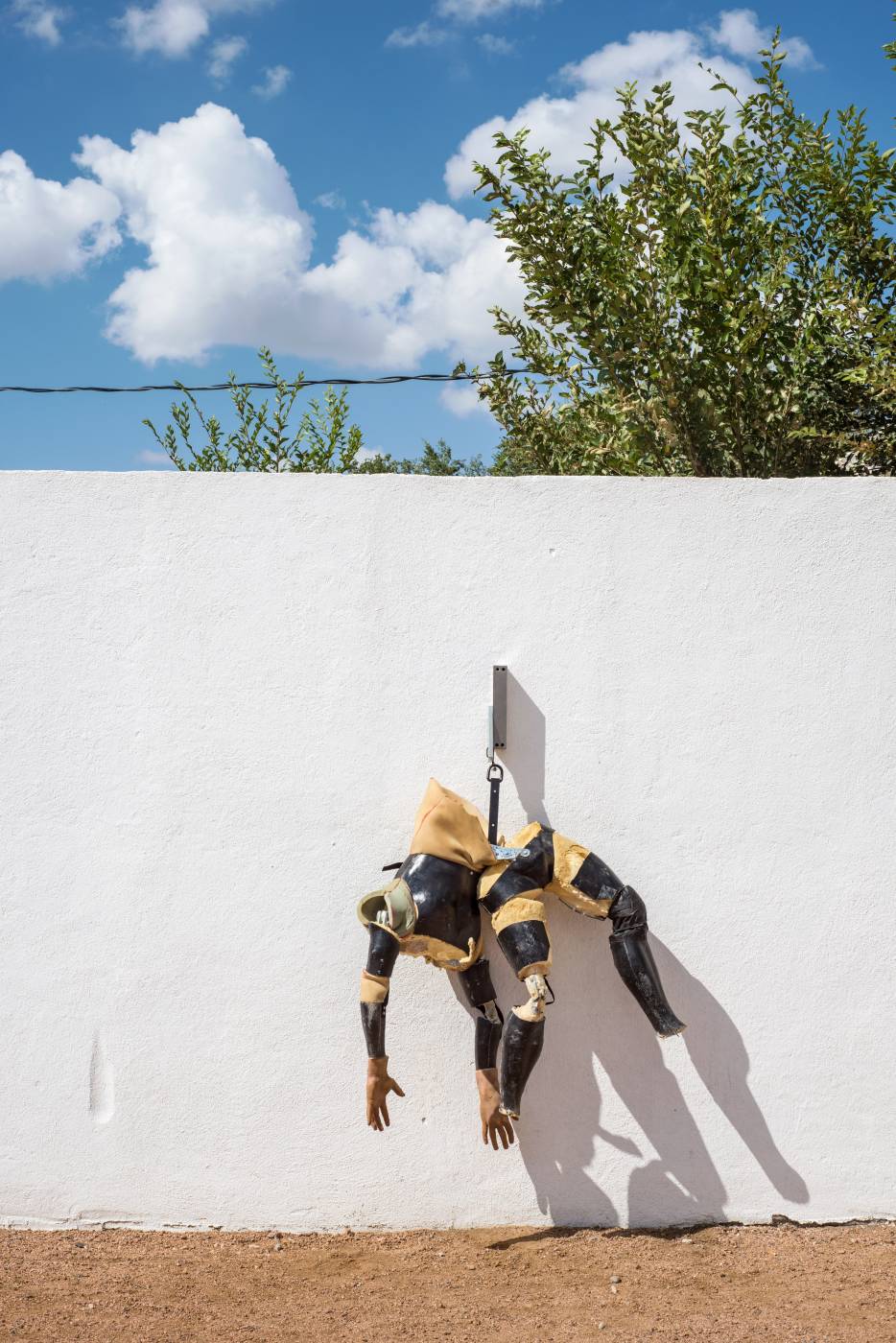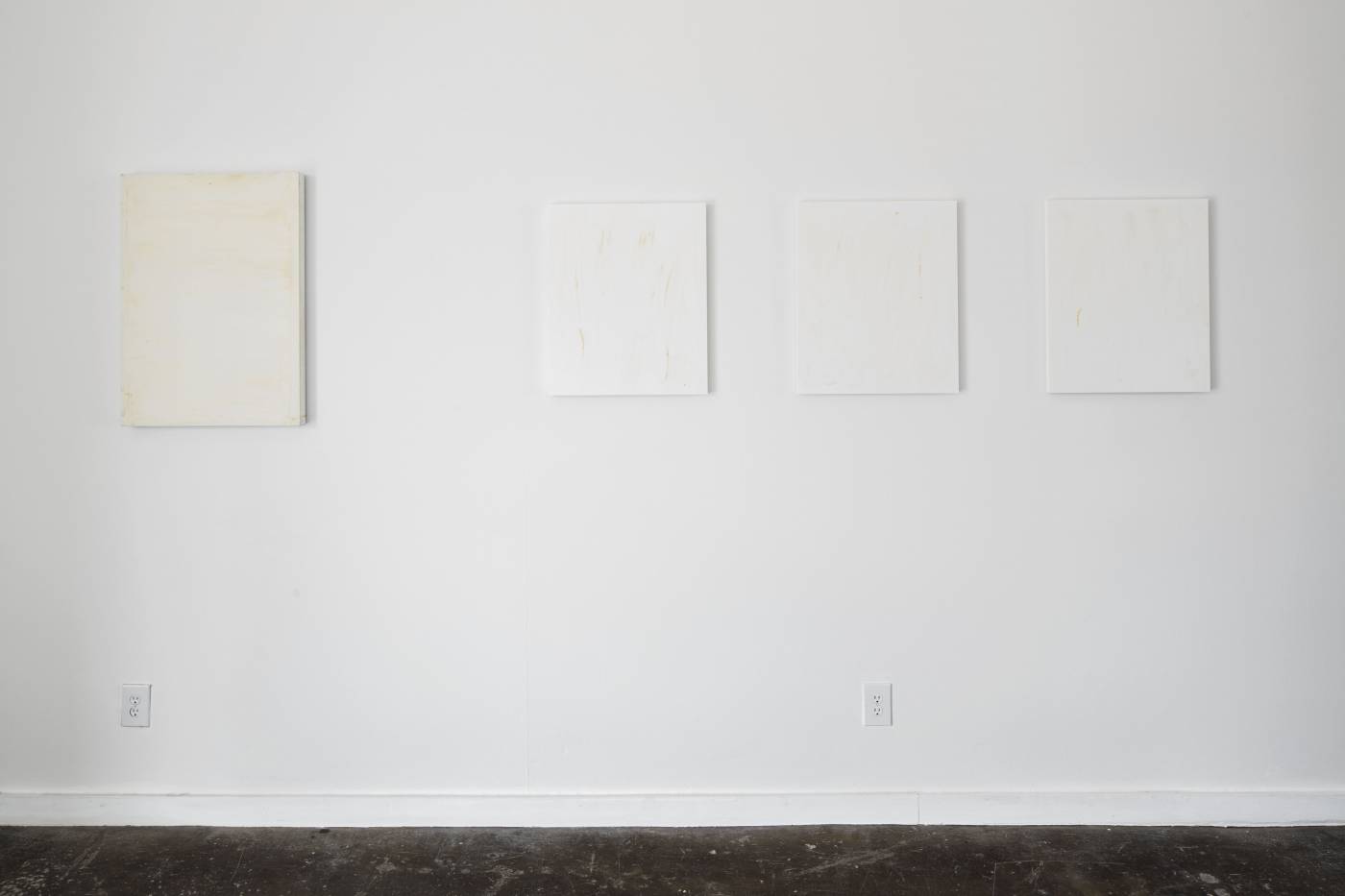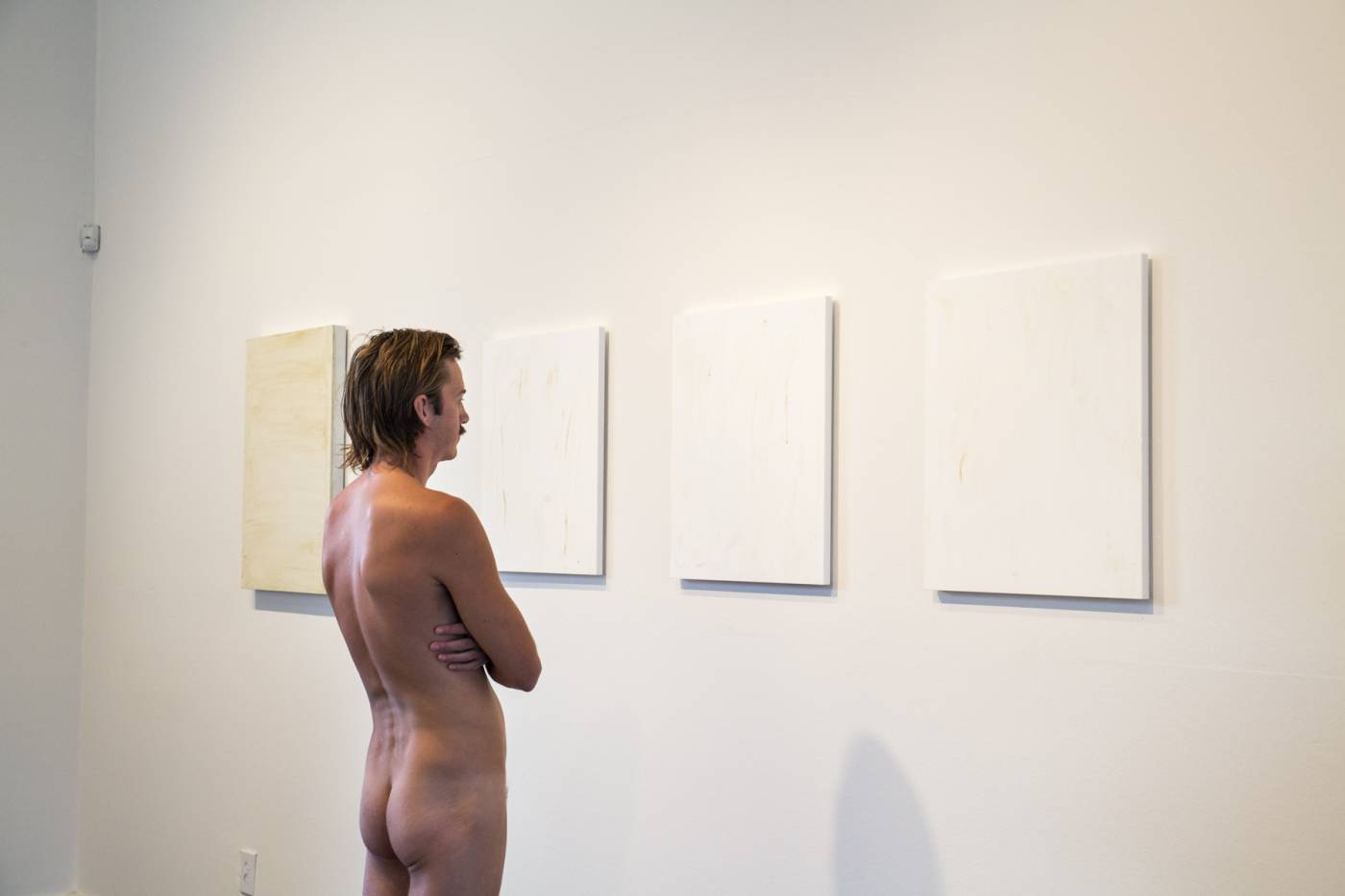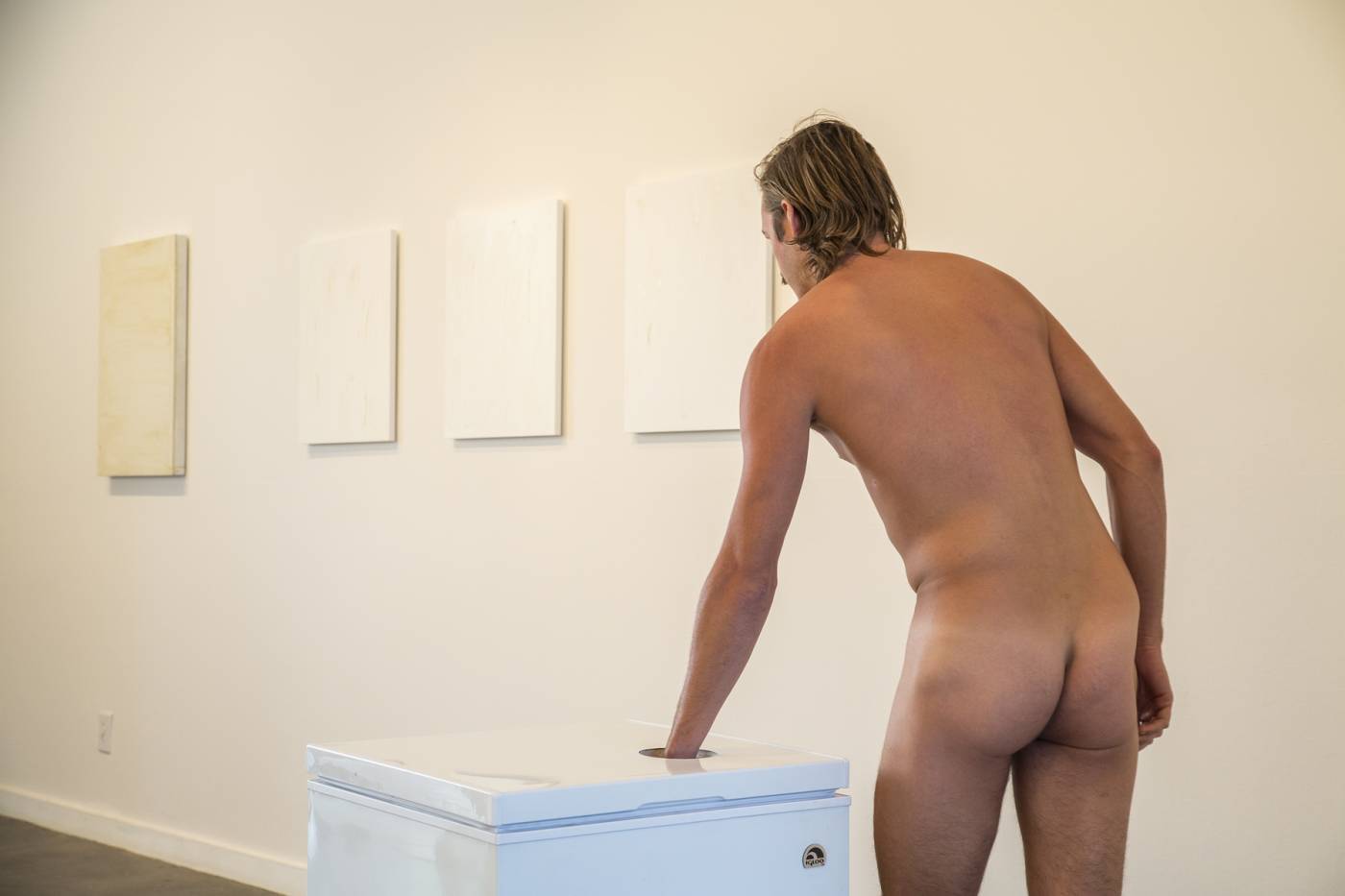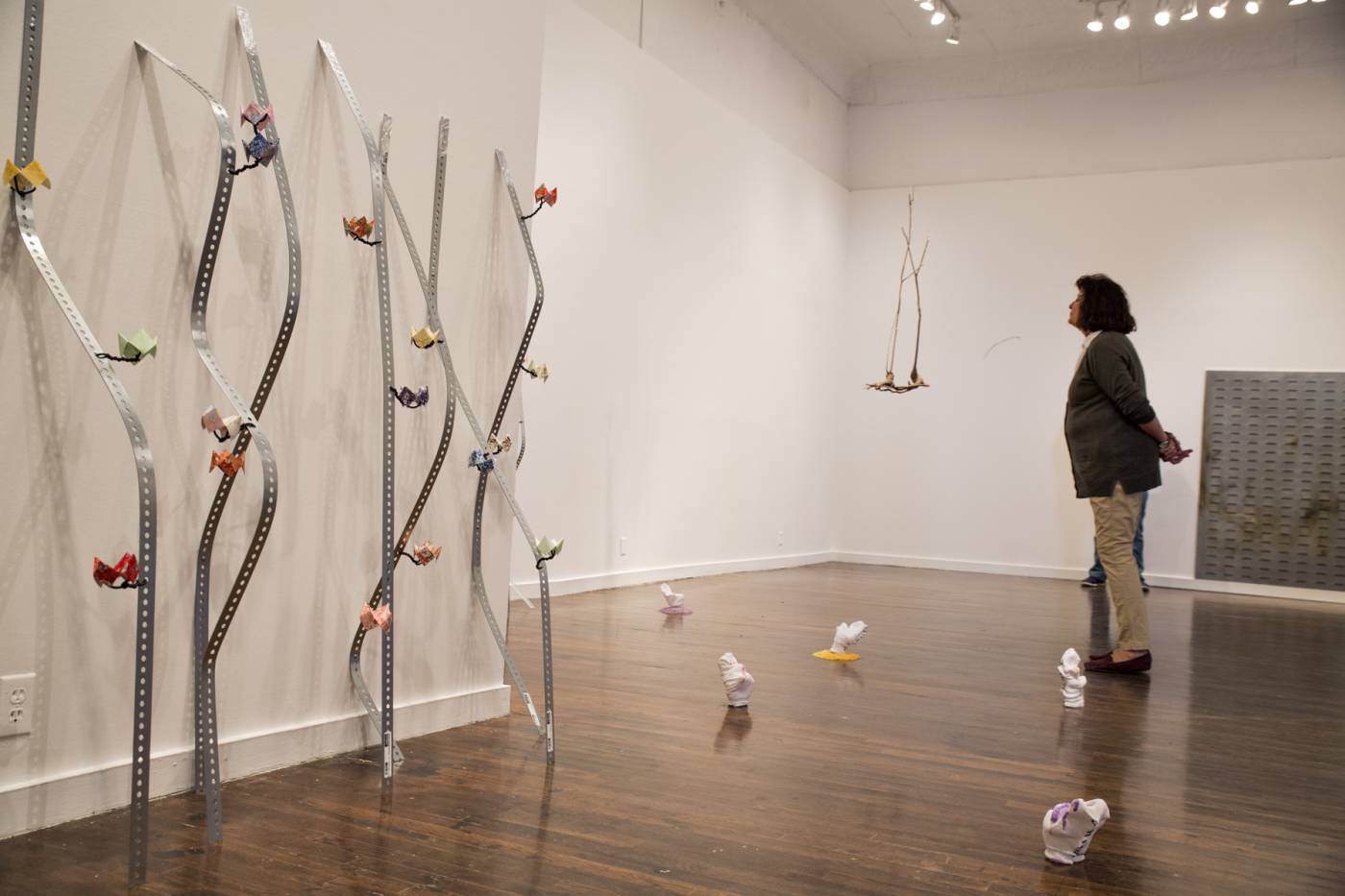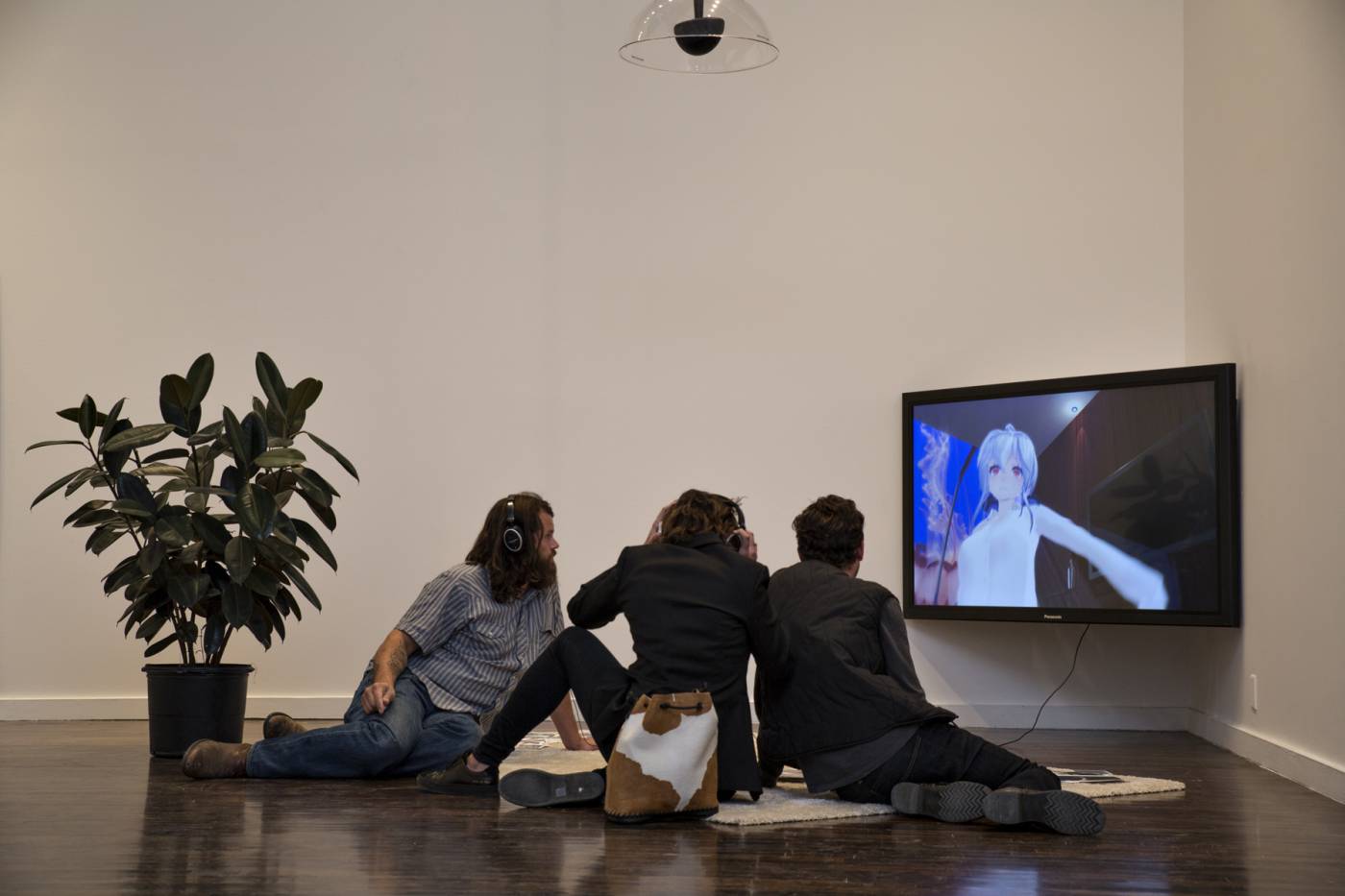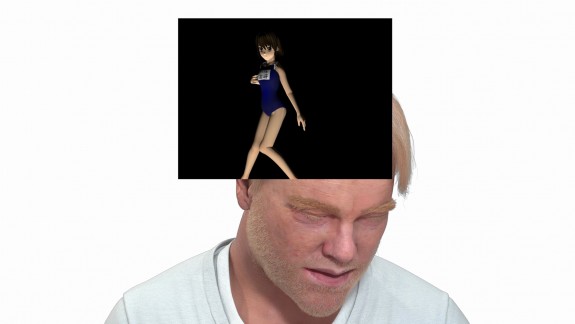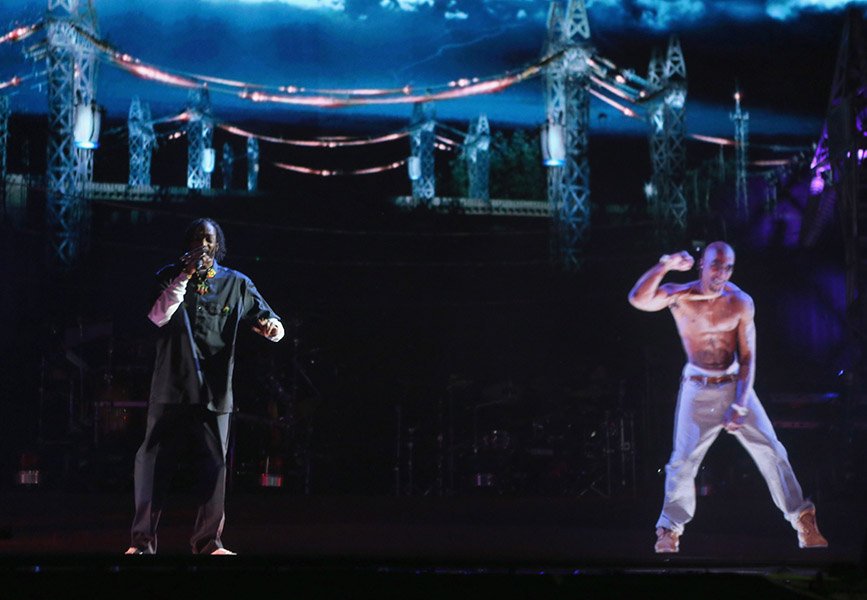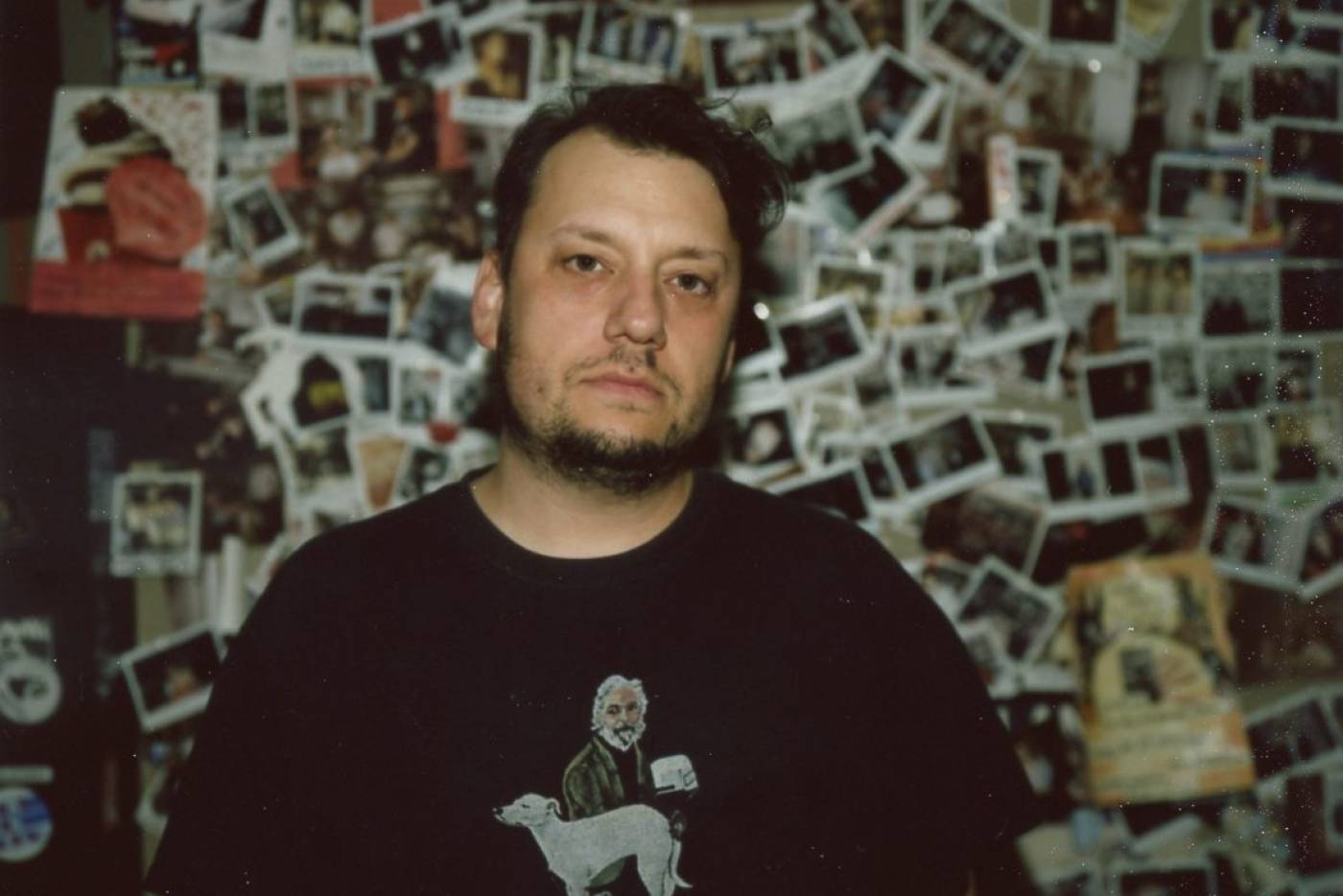
Exhibition
Ed Atkins | Trisha Donnelly | Melvin Edwards | Cécile B. Evans | Jessie Flood-Paddock | Roger Hiorns | Sophie Jung | Lee Lozano | Marlie Mul, Damián Ortega | Charles Ray | Shimabuku | Paul Thek
Äppärät was a group exhibition curated by Tom Morton. In the curator’s words: This is a show about the mammalian hand, and the tools it touches, holds and uses. Taking its title from the name of a fictional, post-iPhone device at the centre of Gary Shteyngart’s 2010 near-future novel Super Sad True Love Story, Äppärät is concerned with labor, play and the uncertain zone between the two; with the extension of the body, and the self, through technologies ancient and contemporary; with things (to borrow Martin Heidegger’s formulation) ‘present-at’ and ‘ready-to’ hand; with compulsion and with death.
Äppärät included Jessie Flood-Paddock’s Just Loom, a wall painting based on an illustration of a worker operating a loom from Denis Diderot’s Encyclopédie. The piece combines this depiction of labor (or is it leisure?) with a very 21st-Century sculptural tableau, in which a bolt of mesh-like Kevlar fabric becomes the ground for several rubberized casts of the artist’s hand and forearm. Originally conceived to hang from the ceiling of Sigmund Freud’s study, Damián Ortega’s The Root of the Root is a sculpture formed from tools created by chimpanzees in Nigeria, gathered by the artist on a research trip with UCL primatologists. While tool use is common in the animal kingdom, from insects to crustaceans to birds, their symbolic use is restricted to the higher apes. If we might read this work, as Ortega has said, as an index of how “the hand transforms nature”, it is also a technological precursor to the objects displayed in vitrines by Shimabuku entitled Oldest and Newest Tools of Human Beings. In this work Neolithic hand-axes were set beside web-enabled Apple products of the same dimensions – tools created by members of the same species, albeit millennia apart.
Marlie Mul presented a pair of sculptures that took the form of oversized steel grills, commonly used by street smokers to stub out their cigarettes. Burned, ash-smeared and stuck with discarded butts, these compositions prompt thoughts about our addiction to handheld “devices” (whether they deliver nicotine or data), and their passage from pristine objects of desire to trash. Mul also created an onsite intervention, Cigarette Ends Here, using spent cigarettes gathered from the Marfa bar, The Lost Horse. Hung at the artist’s eye-level, Melvin Edwards’ “Lynch Fragments” sculptures reconfigure vicious looking pieces of hardware into forms that recall both histories of (sometimes enforced) labor, and exhibits in an ethnographic museum. His key piece Ogun Again takes its title from the Yoruba spirit of metal work. If Edwards’ sculptures suggest that human technologies might be imbued with a kind of quasi-animist life force, so too does Lee Lozano’s painting No title (ca. 1963-4), where an anthropomorphic hammer appears to engage in an impossible autoerotic act: its bulbous head penetrating the narrow cleft between its own claws – suggesting tools behaving like bodies, and bodies behaving like tools.
Paul Thek’s Untitled (from the series Technological Reliquaries) is at once the remains of a martyred saint, and an amputated cyborg’s limb. The artist points to enduring fantasies of the meeting of man and metal, and of how technology might protect, preserve, or even reanimate our fragile bodies. Charles Ray’s sculpture of an avian embryo, Handheld Bird, does not render the cupped palm suggested by its title, it nevertheless provokes us to meditate on the indivisibility of the holder and the held. Equally enigmatic, Trisha Donnelly’s photograph The Hand that Holds the Desert Down – is a close-up of the lifeless stone back paw of the Great Sphinx of Giza.
In Roger Hiorns’ Untitled, the artist invited visitors to the Ballroom to chill their hands in a freezer, the better to contemplate a series of paintings made with liquidized cows’ brains. Performed on the exhibition’s opening night by a naked youth, this was a ritual of uncertain purpose. Hiorns also presented a newly commissioned work, A retrospective view of the pathway (falling sculpture) – a headless figure formed from a prosthetic used in a high profile action film and stuffed with pages from Martin Heidegger’s Being and Time, which was suspended from an electromagnet. At certain intervals, the magnet cut out, and the figure plunged to the ground. Sophie Jung’s new body of sculpture and performance work made in response to Äppärät created an associative chain between origami fortune tellers; “hand-woven” Ikea rugs; hand gestures that indicate money, salt, resistance and digital navigation; sock puppets; “life hacks” involving fixing drowned iPhones with dry rice; repetitive strain injuries; toxic “e-waste”; and Lady Macbeth’s “out damned spot!” speech. Her sculptures were accompanied by spoken narratives, which visitors could listen to on a series of iPod shuffles. At the opening of Äppärät, she performed the work Operation Earnest Voice.
In Ed Atkins’ high definition CGI film Even Pricks, shows human – and simian – thumbs inflate and deflate, the compulsive and destructive “economy of like”. Snatches of music, speech, and invented slogans interrupt what the artist has called his “super-viciously artificial” imagery, while the film’s atmosphere and its meticulously animated lens flares and fuzzy “cinematography” recall a tool, the camera, which has played almost no part in its creation. Cécile B. Evans’ film installation Hyperlinks or it didn’t happen also explores questions of how new technologies impact representation, and what constitutes a self. At its center is PHIL, a CGI rendering of the late actor Philip Seymour Hoffmann, who haunts a world he thought he’d departed. Featuring a cast of 21st-Century lost souls – from a Reddit user who claims his deceased girlfriend still posts on Facebook, to an Invisible Woman permanently slicked with green screen paint – this is a work about the physicality of data, and the digital afterlife.
The hand, in Äppärät, is a central motif, giving many of the works their scale, and can be imagined as a kind of mouse cursor, manipulating information on the interface of the show. From the Stone Age to the digital age, from the pre-human to the post-human, Äppärät suggests not only a neglected history of touch, and of tools, but also how this might help us arrive at what philosopher Roland Barthes termed “a certain philosophy of the object.”
Curator Profile
Tom Morton is a curator, writer, and Contributing Editor of frieze, based in Rochester, UK. He was co-curator (with Lisa Le Feuvre) of the major travelling exhibition British Art Show 7: In the Days of the Comet (2010-2011), and has worked as a curator at the Hayward Gallery, London and Cubitt Gallery, London. He was co-curator of the 2008 Busan Biennale, and curated the exhibition How to Endure for the 2007 Athens Biennale. His recent exhibitions include British British Polish Polish at the CSW Ujadowski Castle, Warsaw (2013); and Panda Sex at State of Concept, Athens (2014). Morton’s writing has appeared in numerous exhibition catalogues, and in journals including frieze, Bidoun, and Metropolis M. He is working on his first novel.
